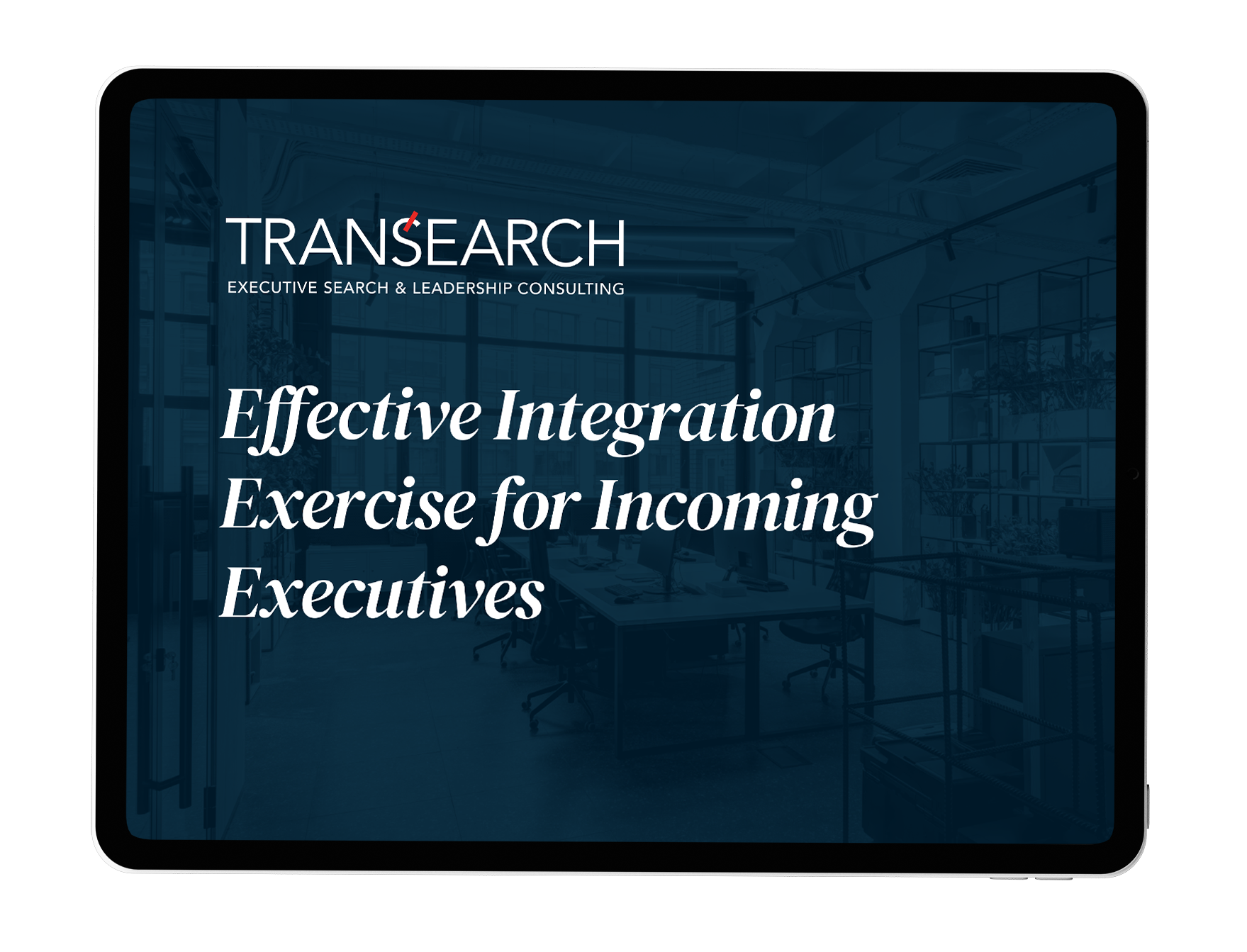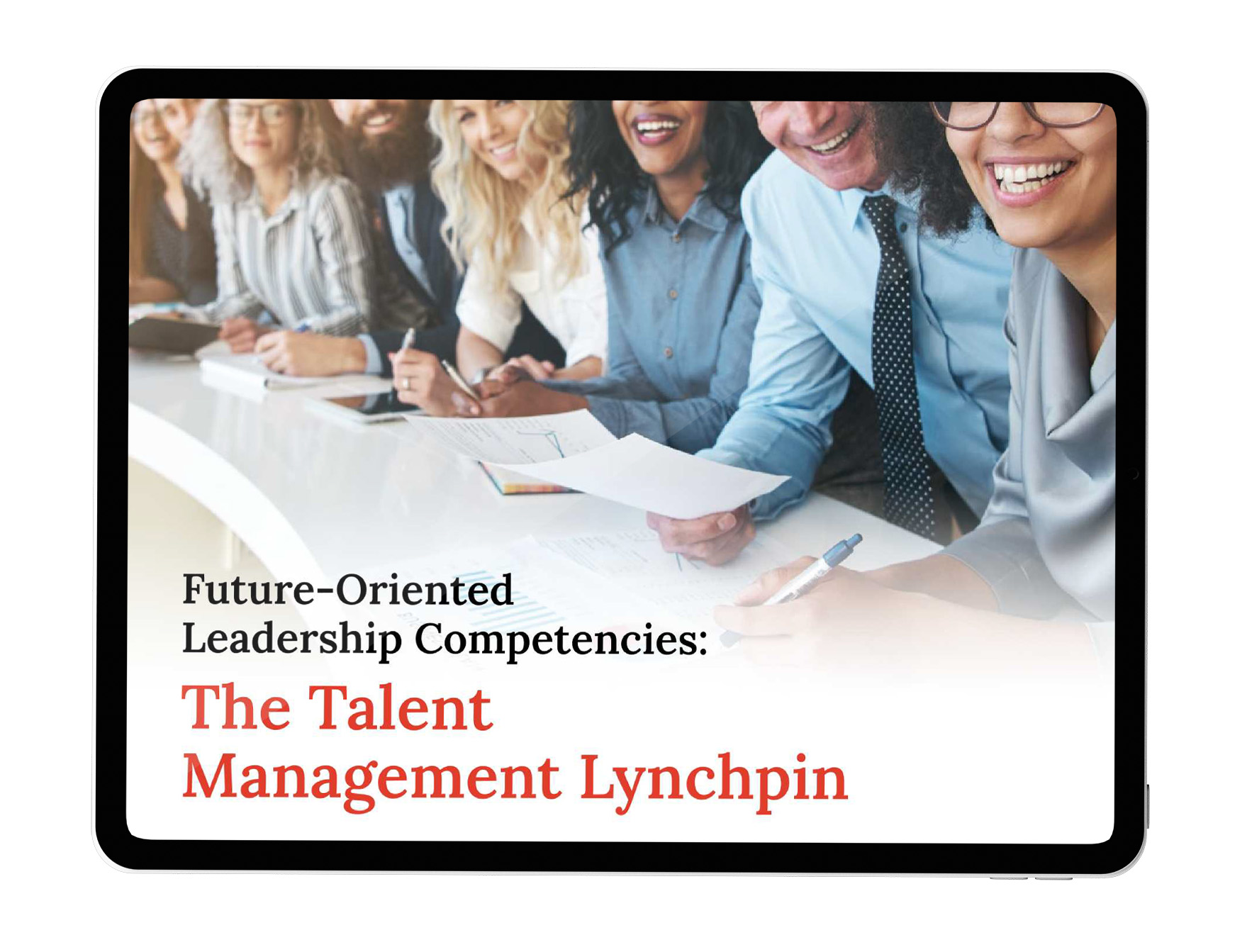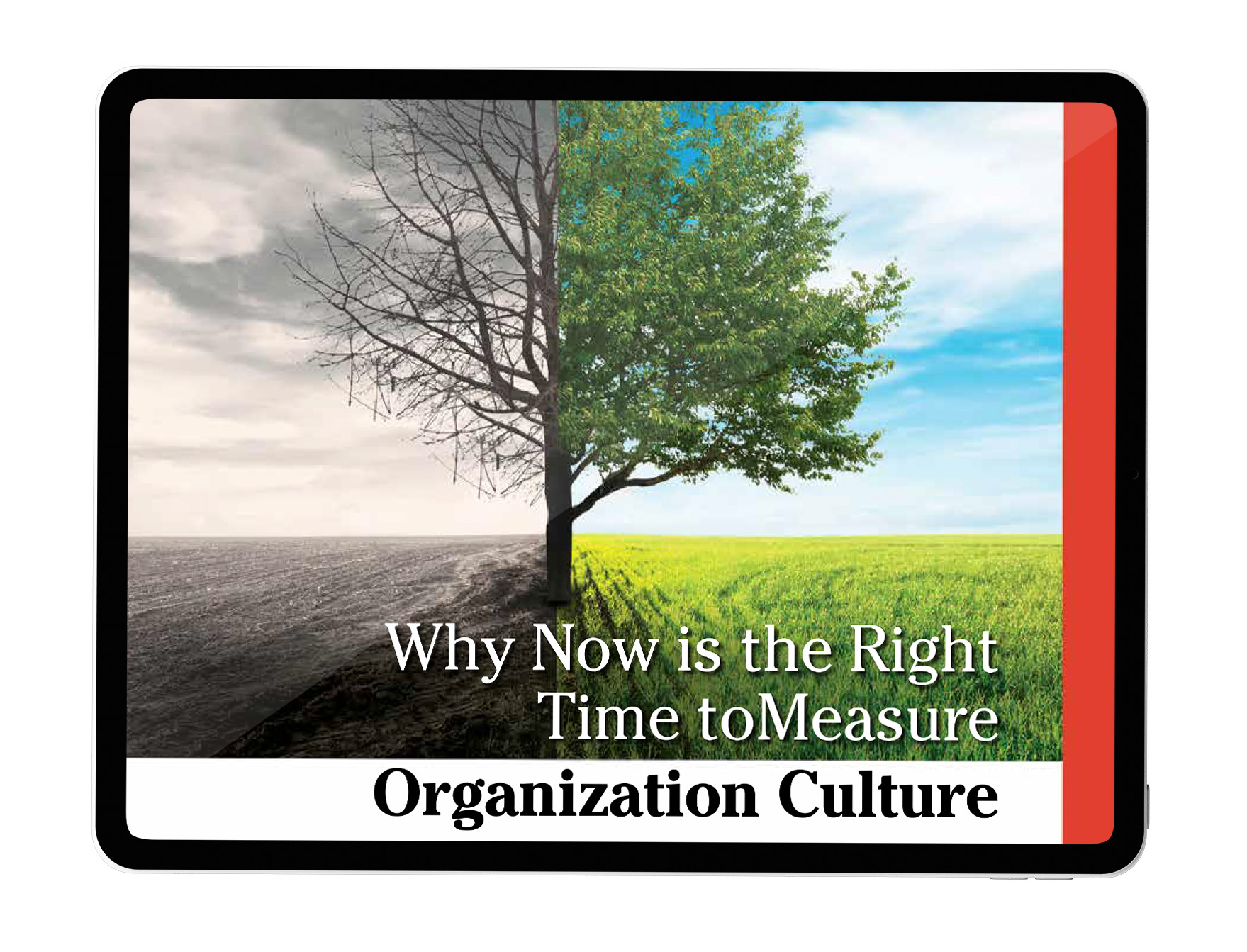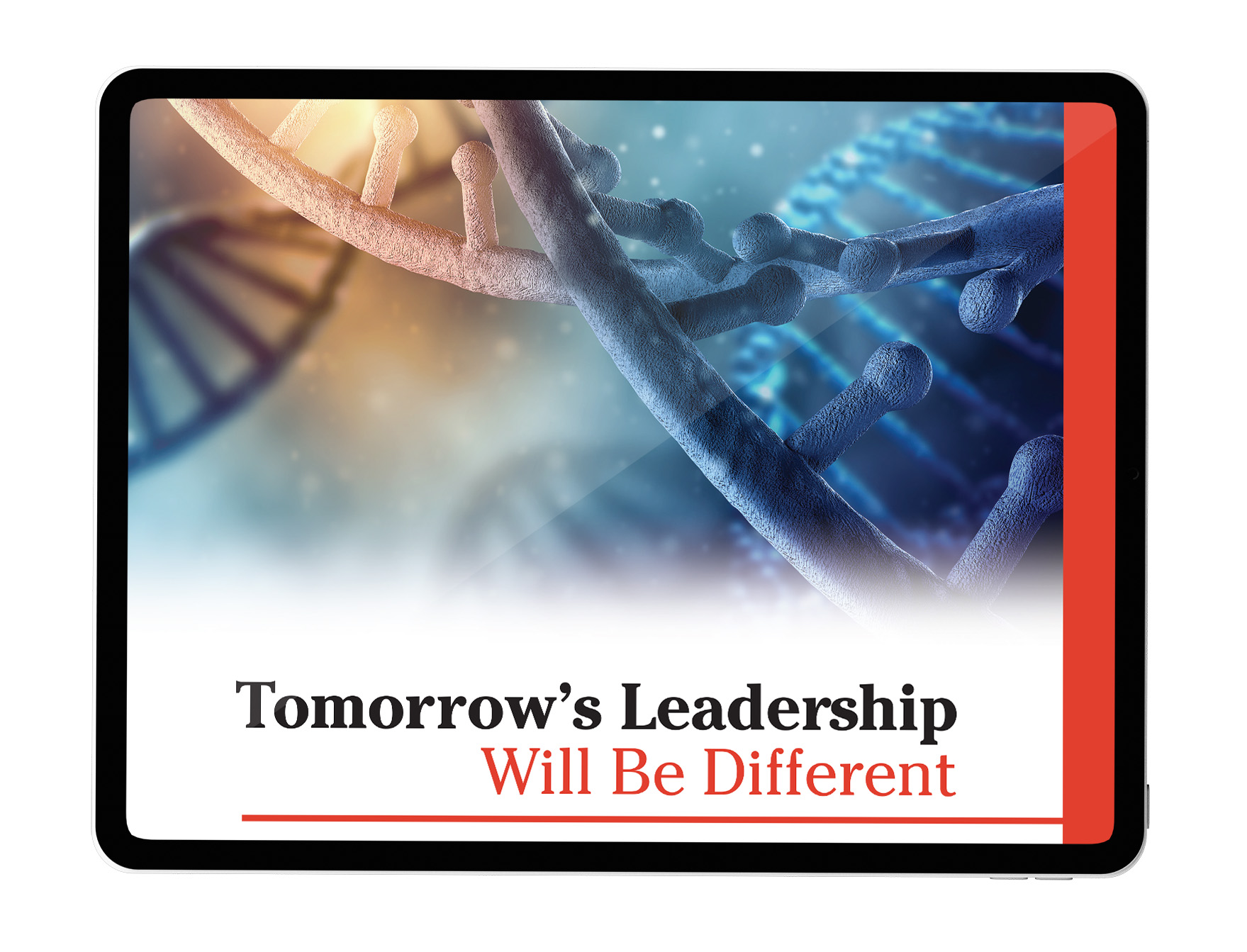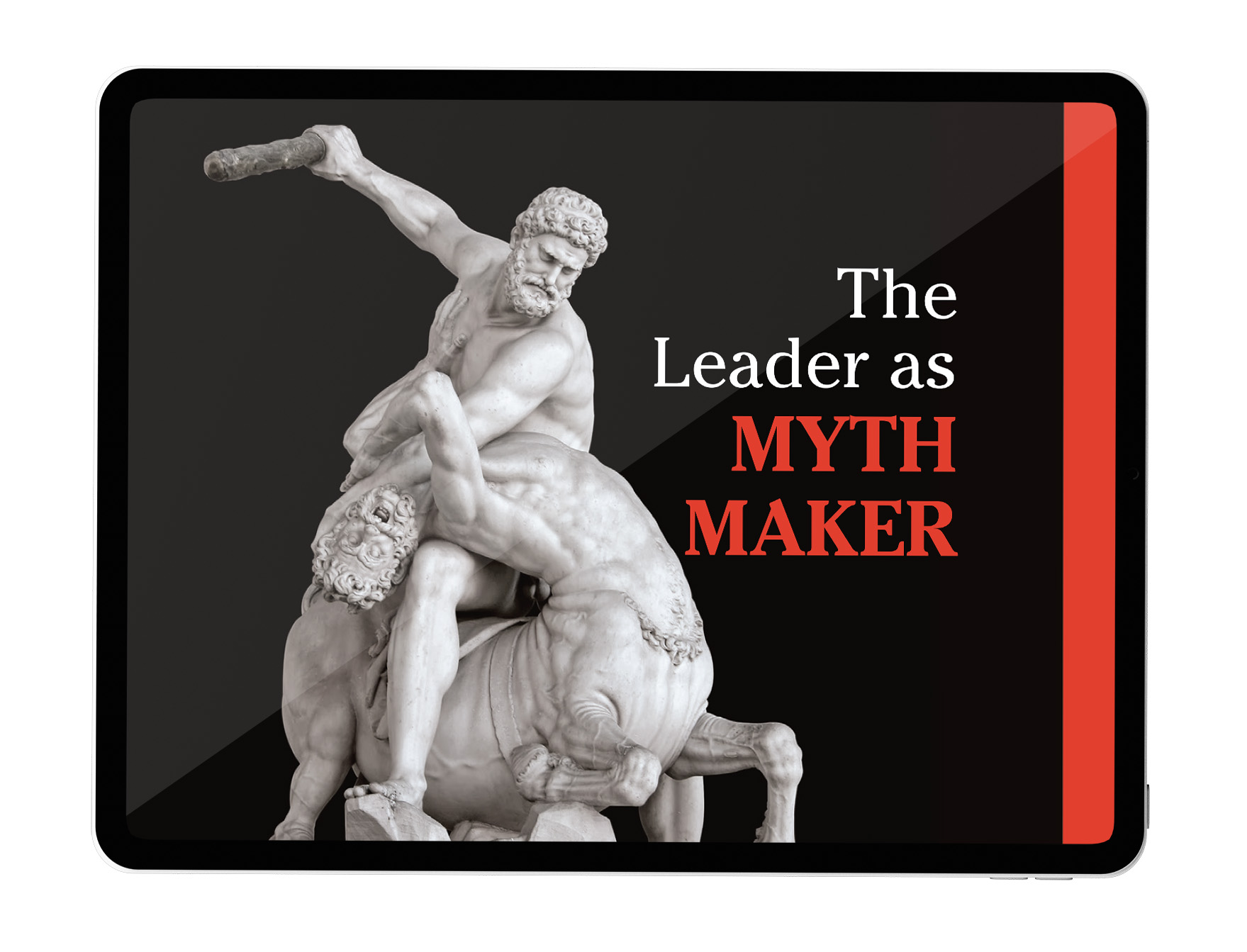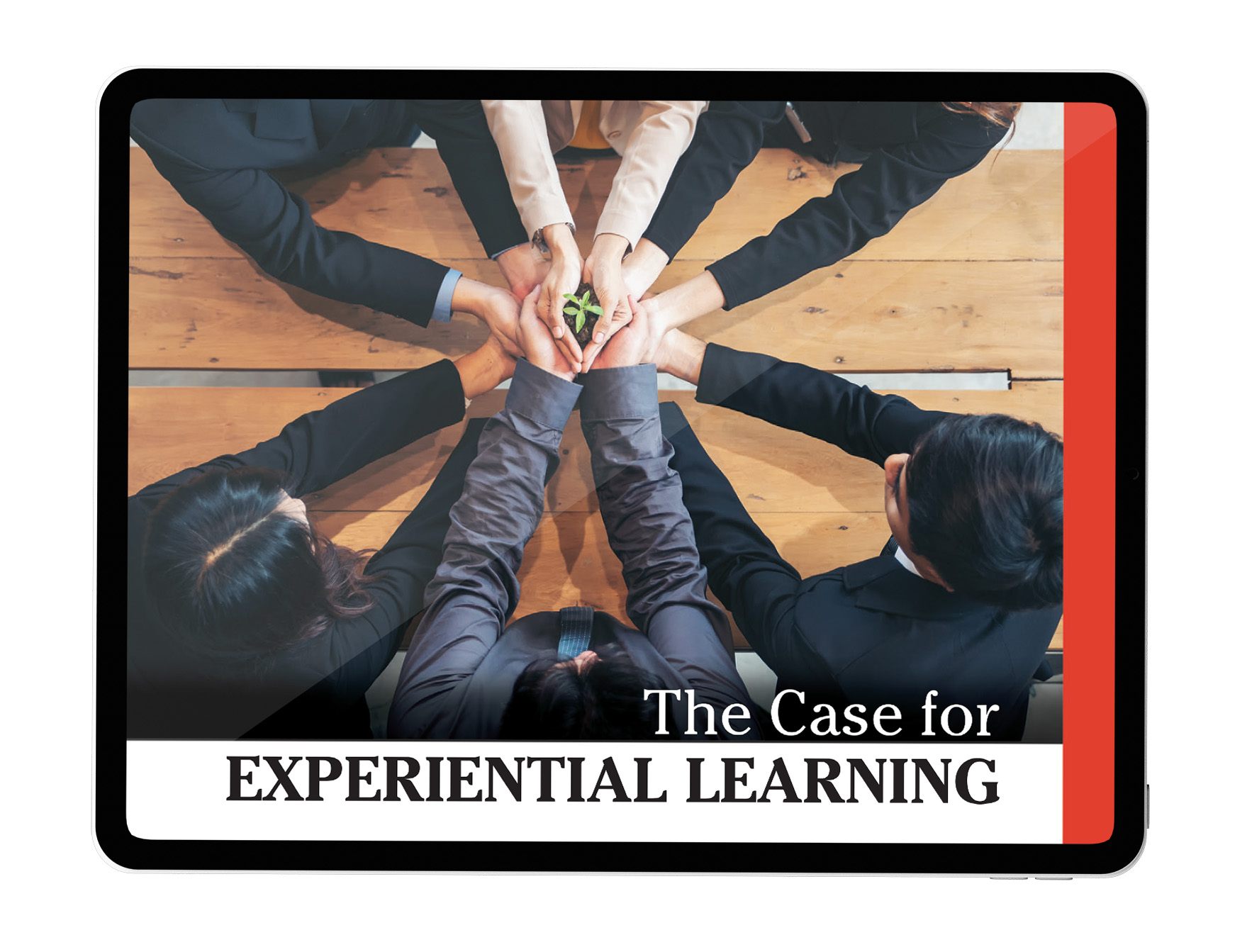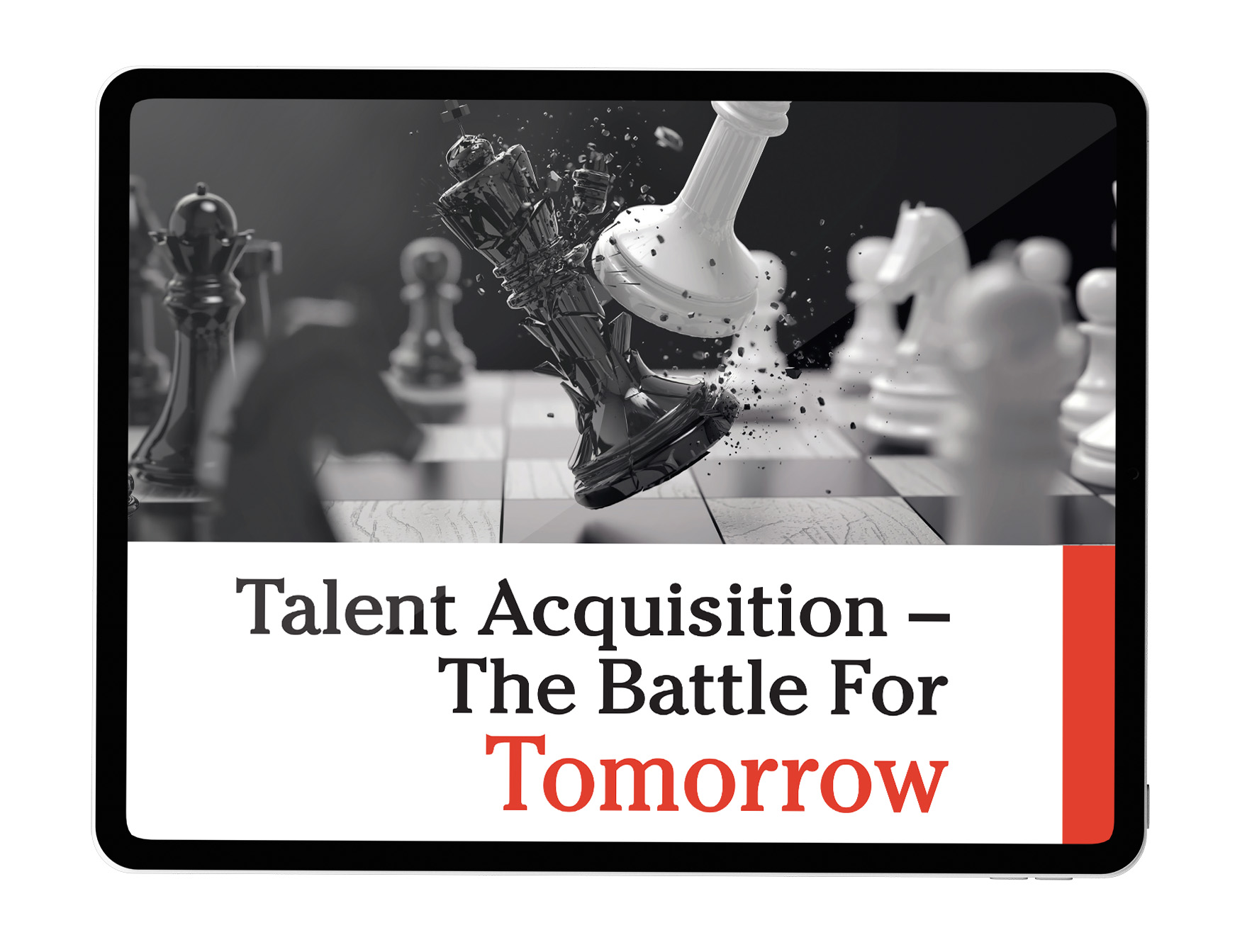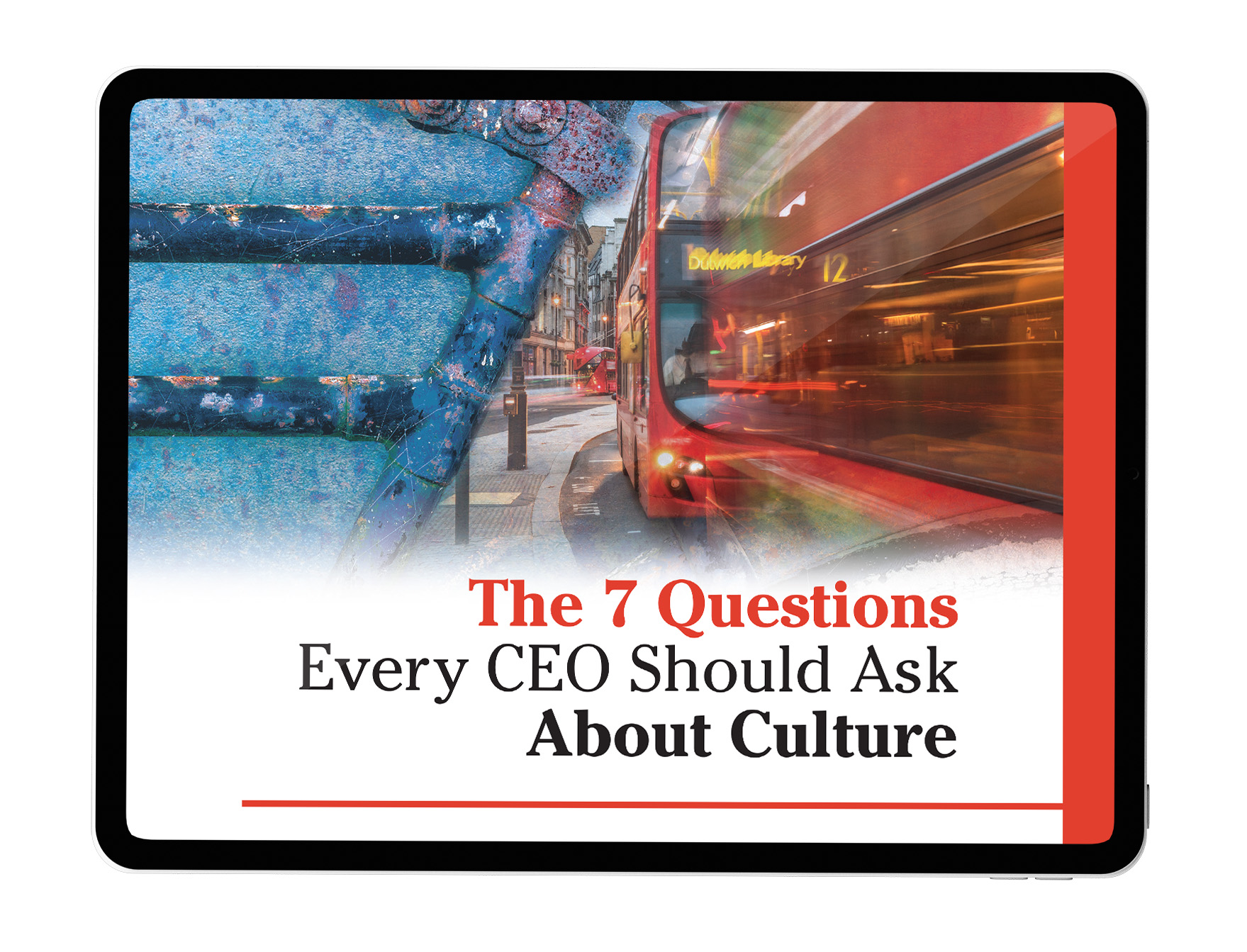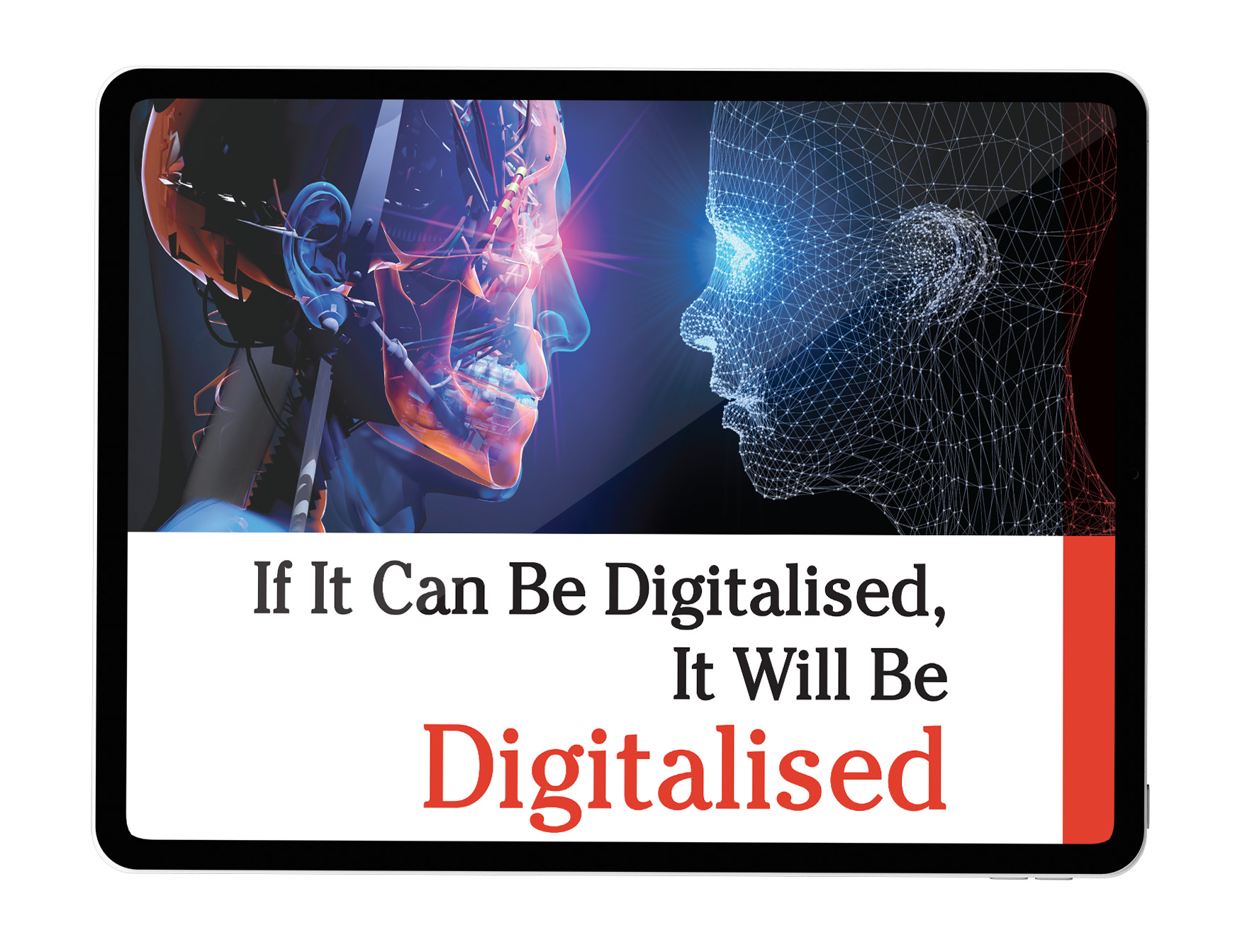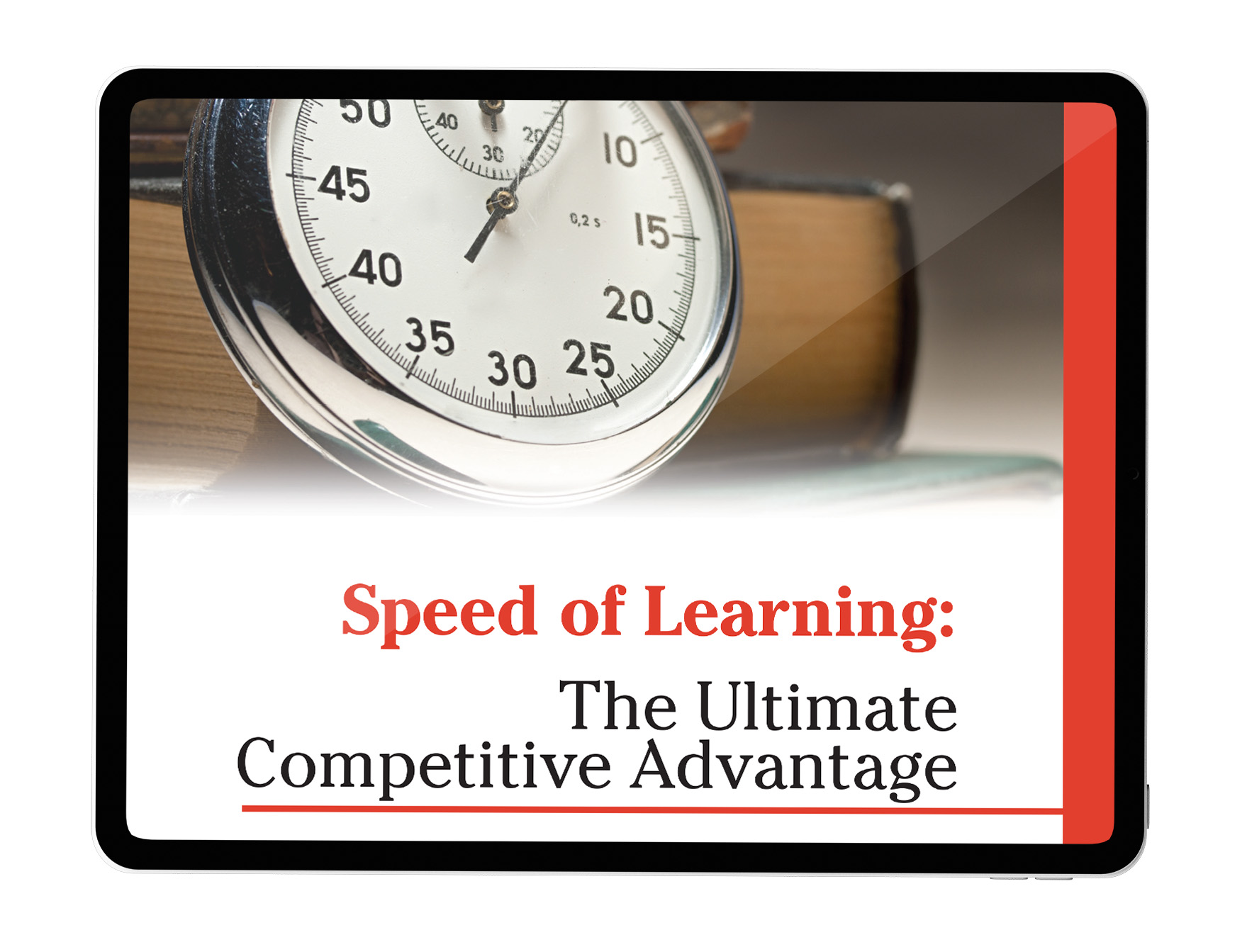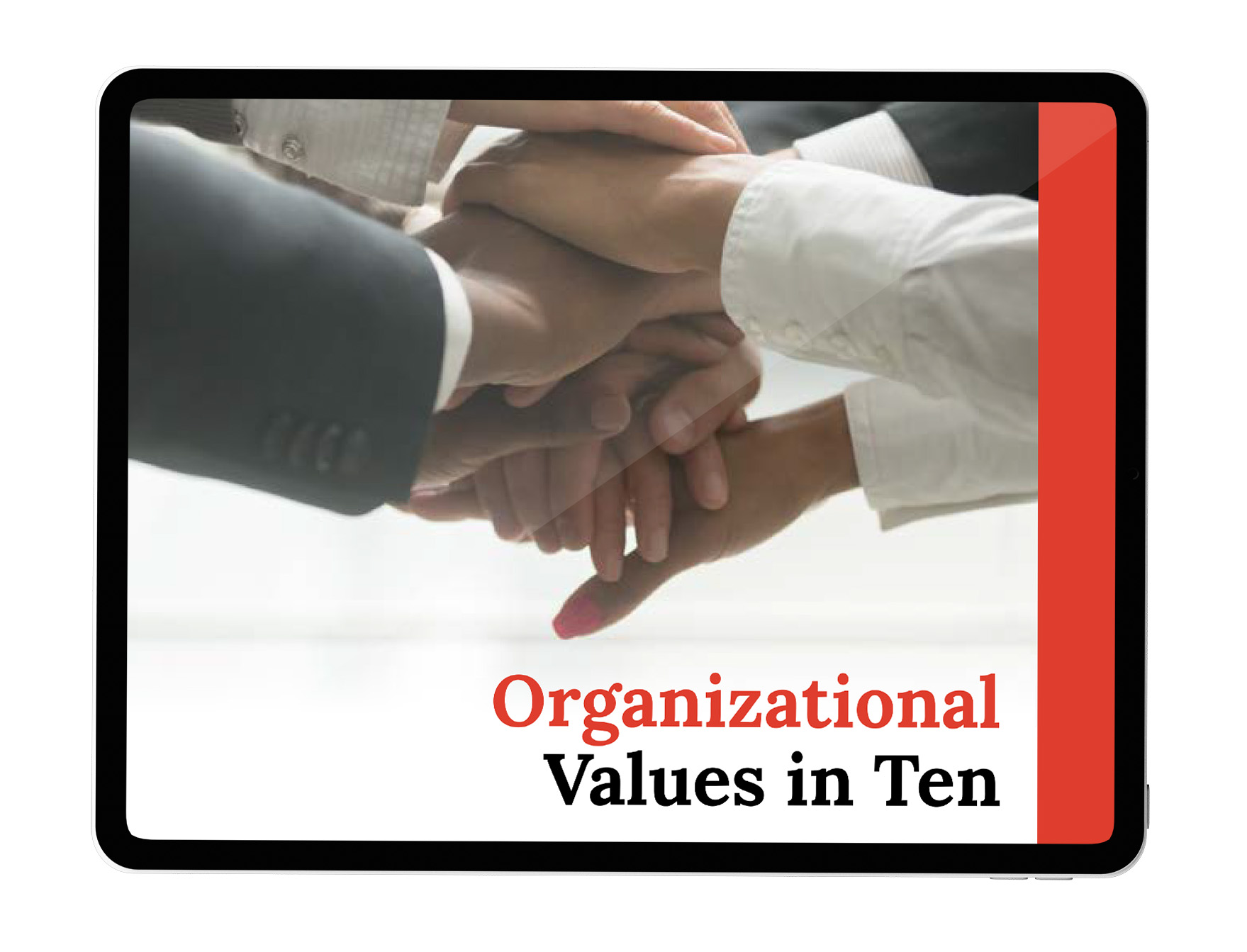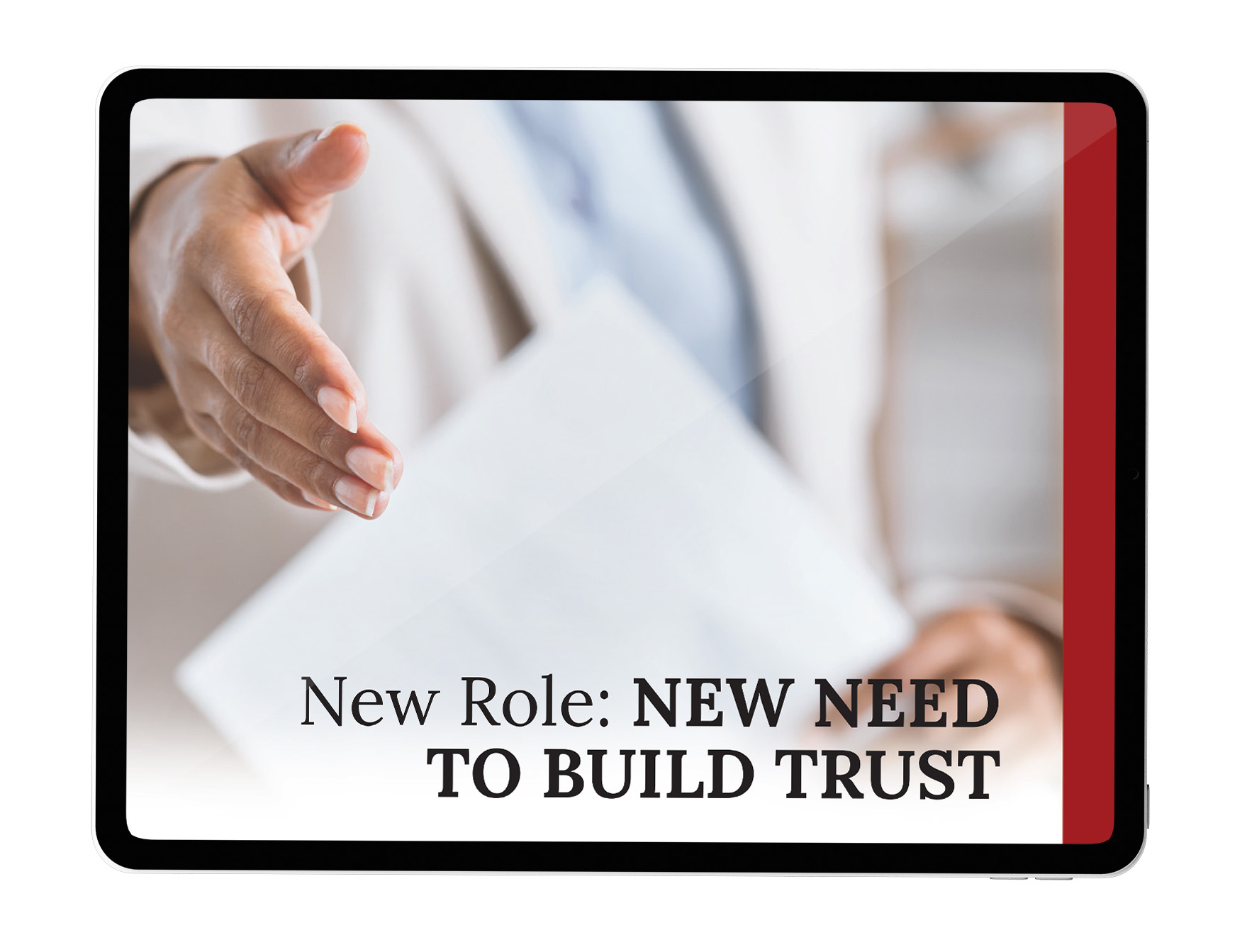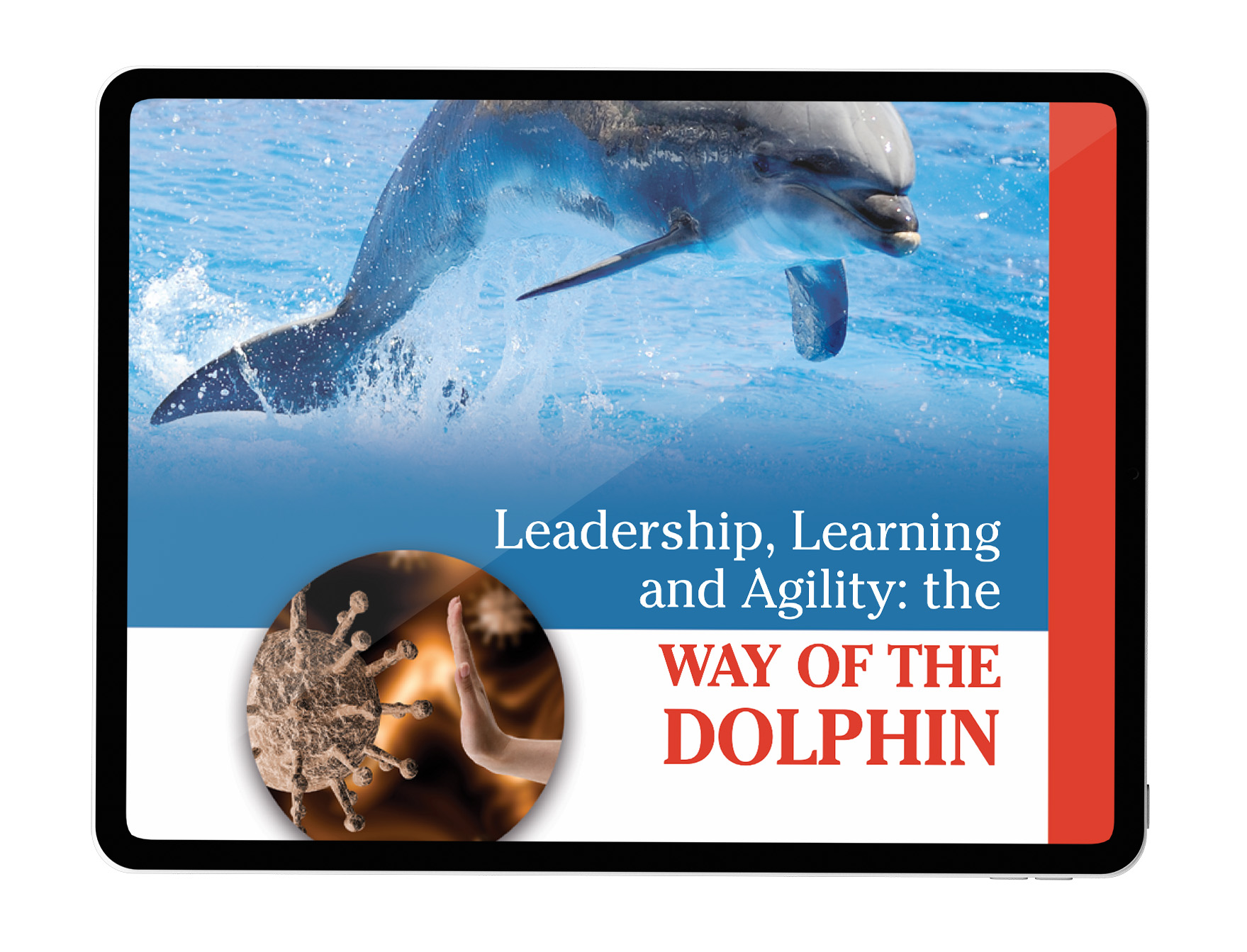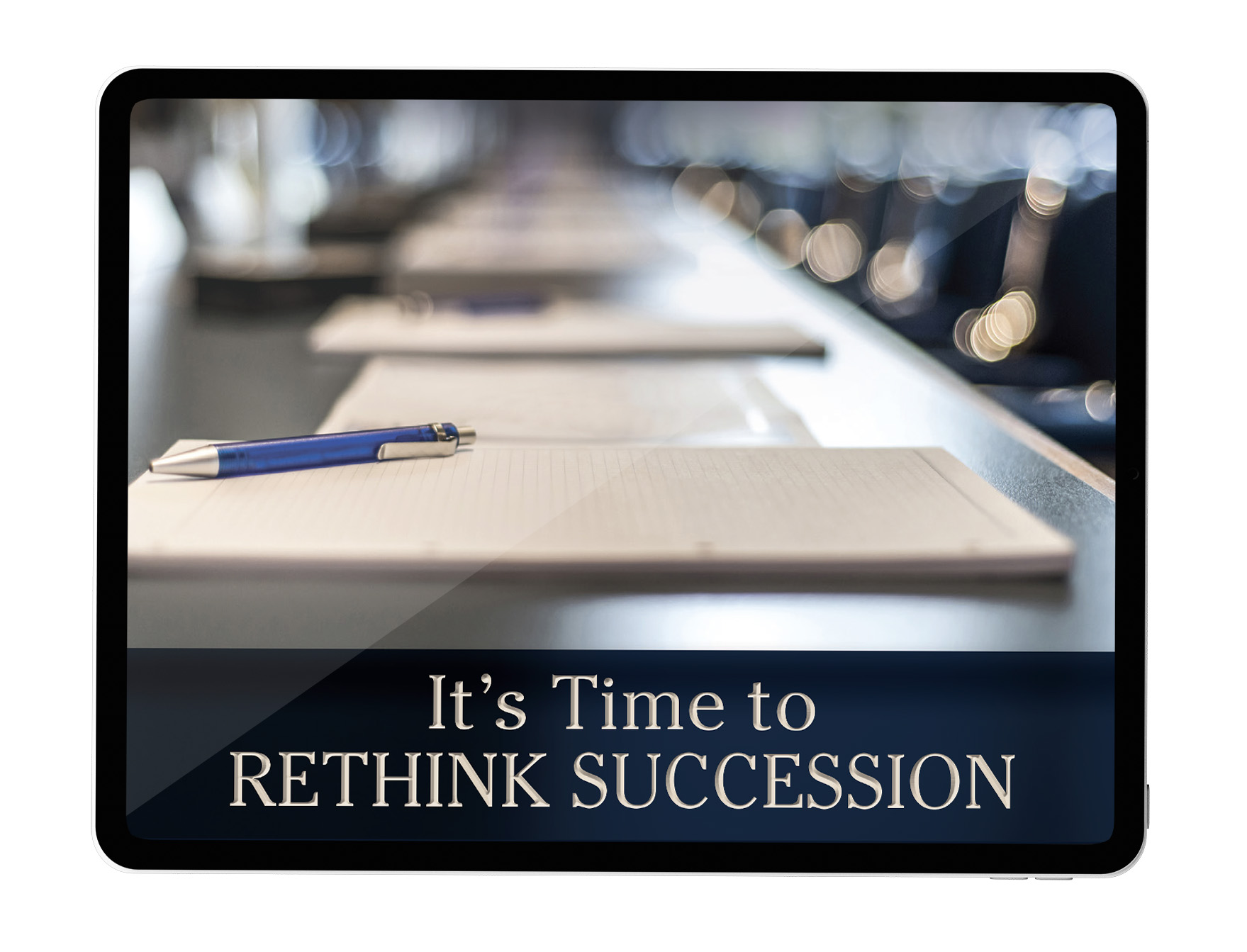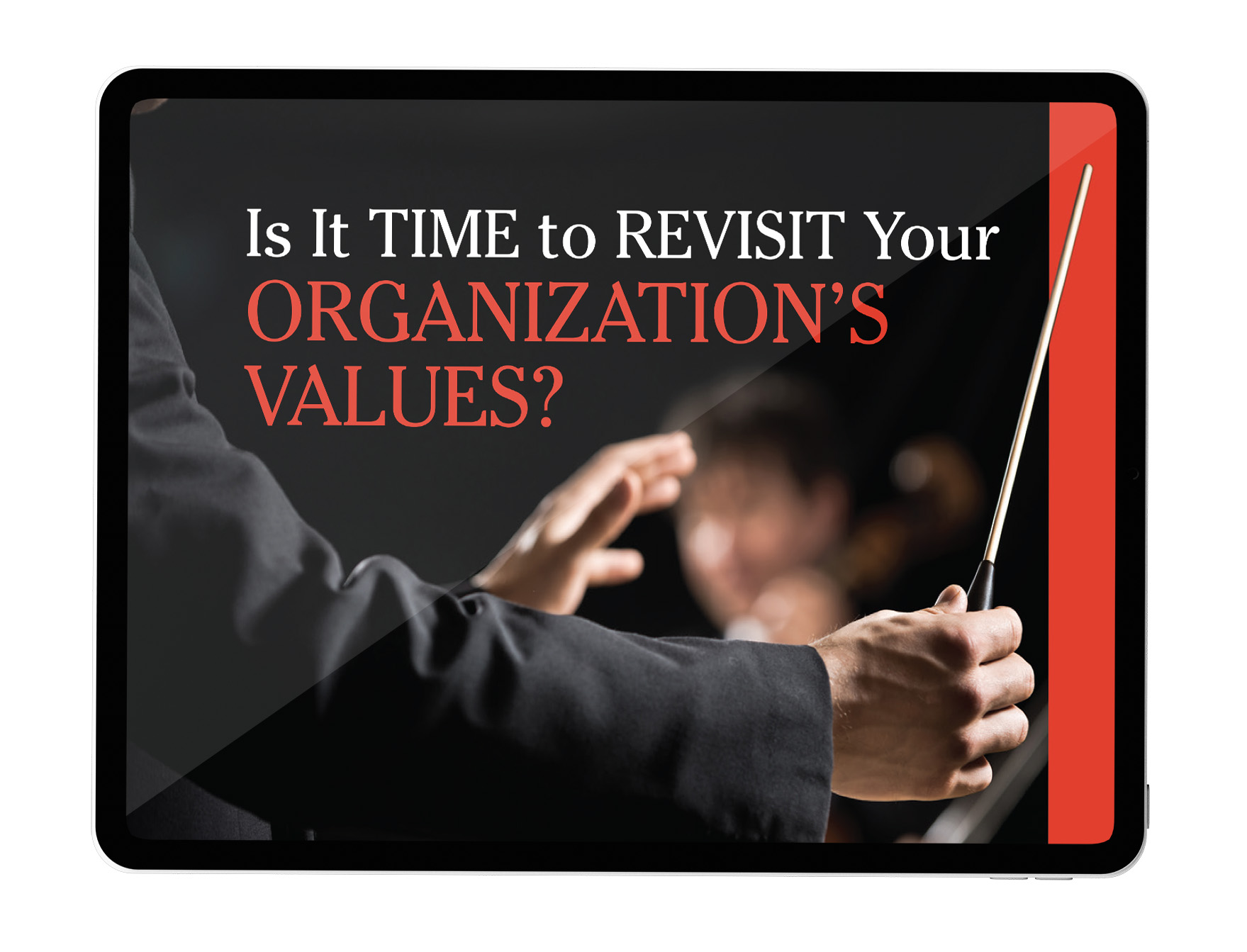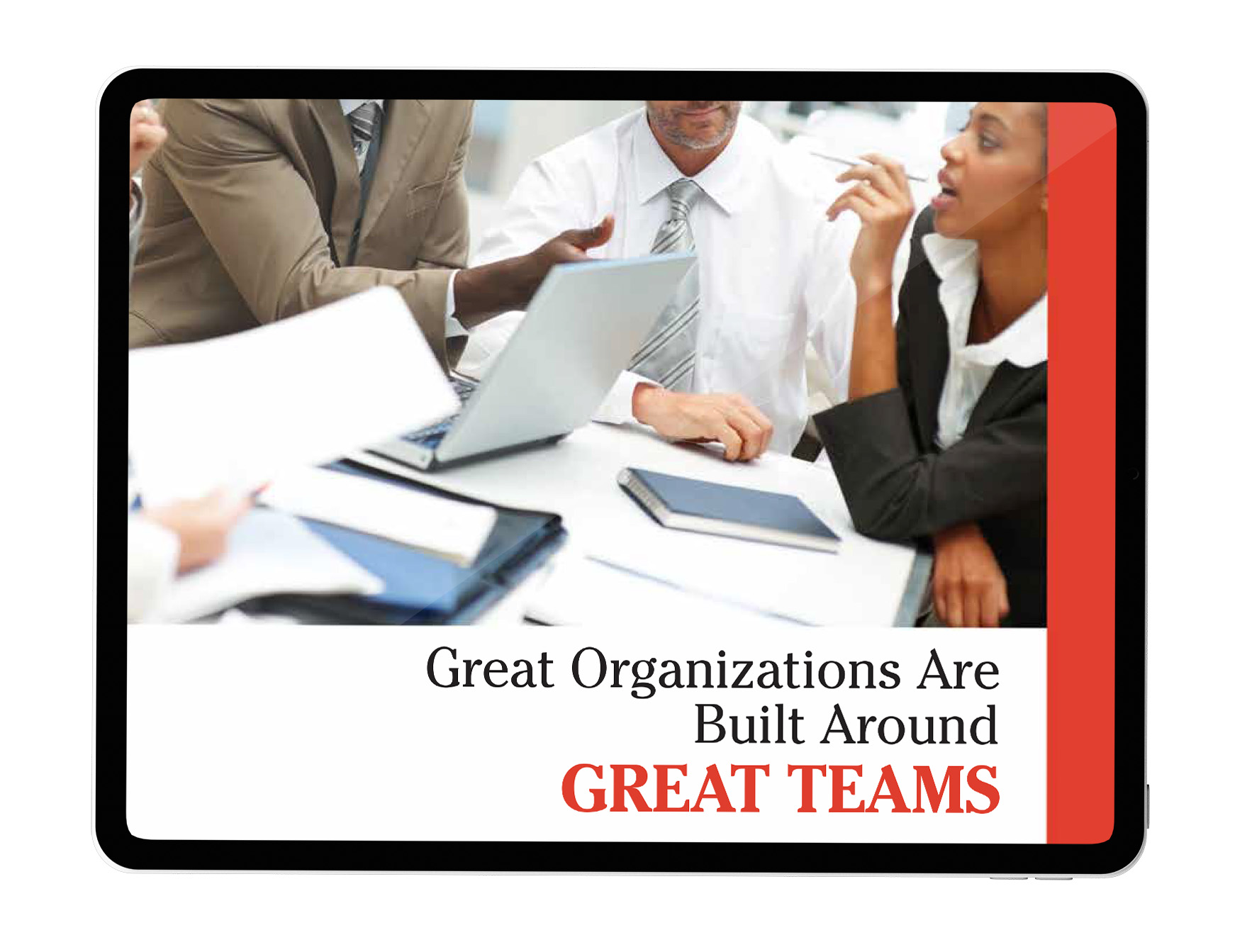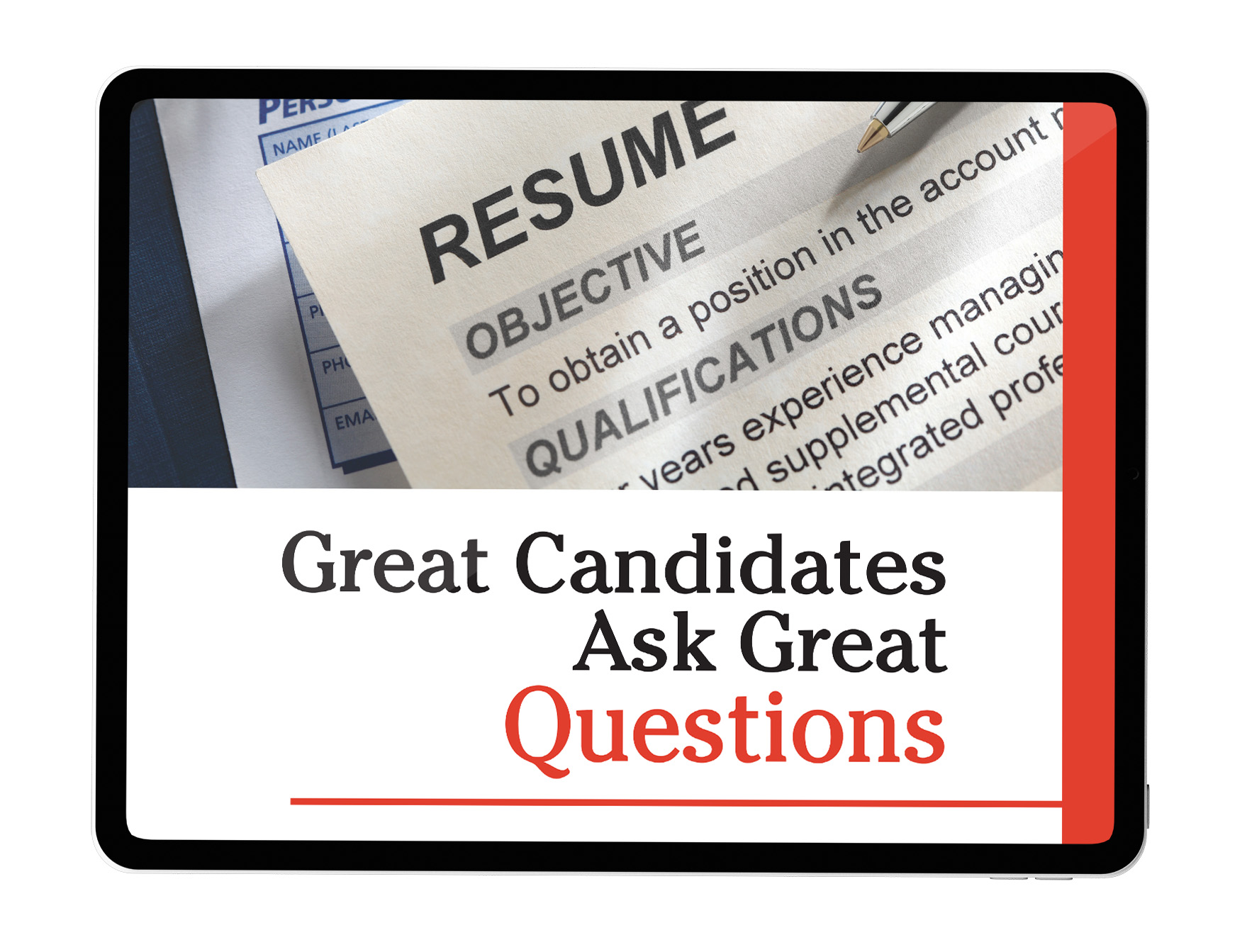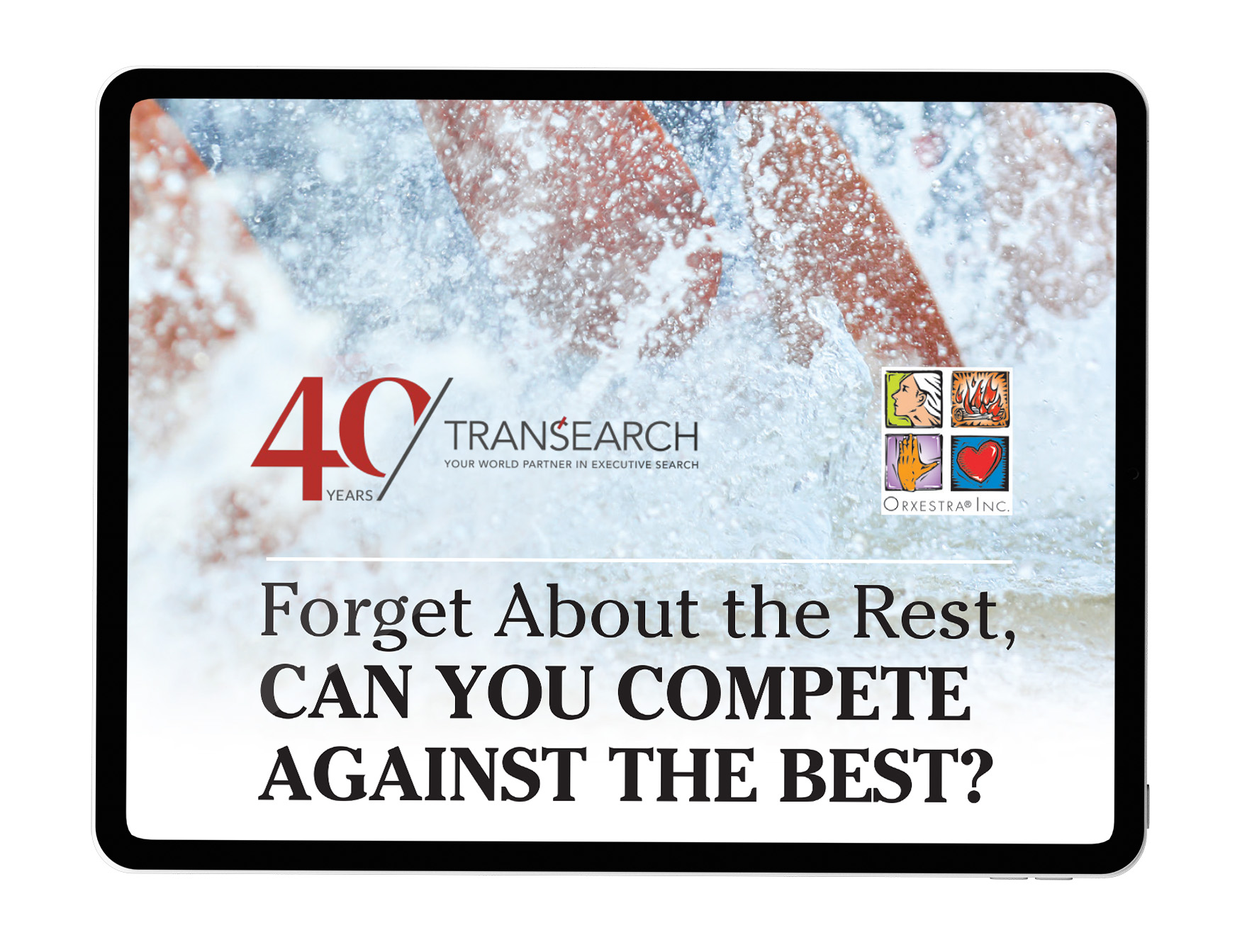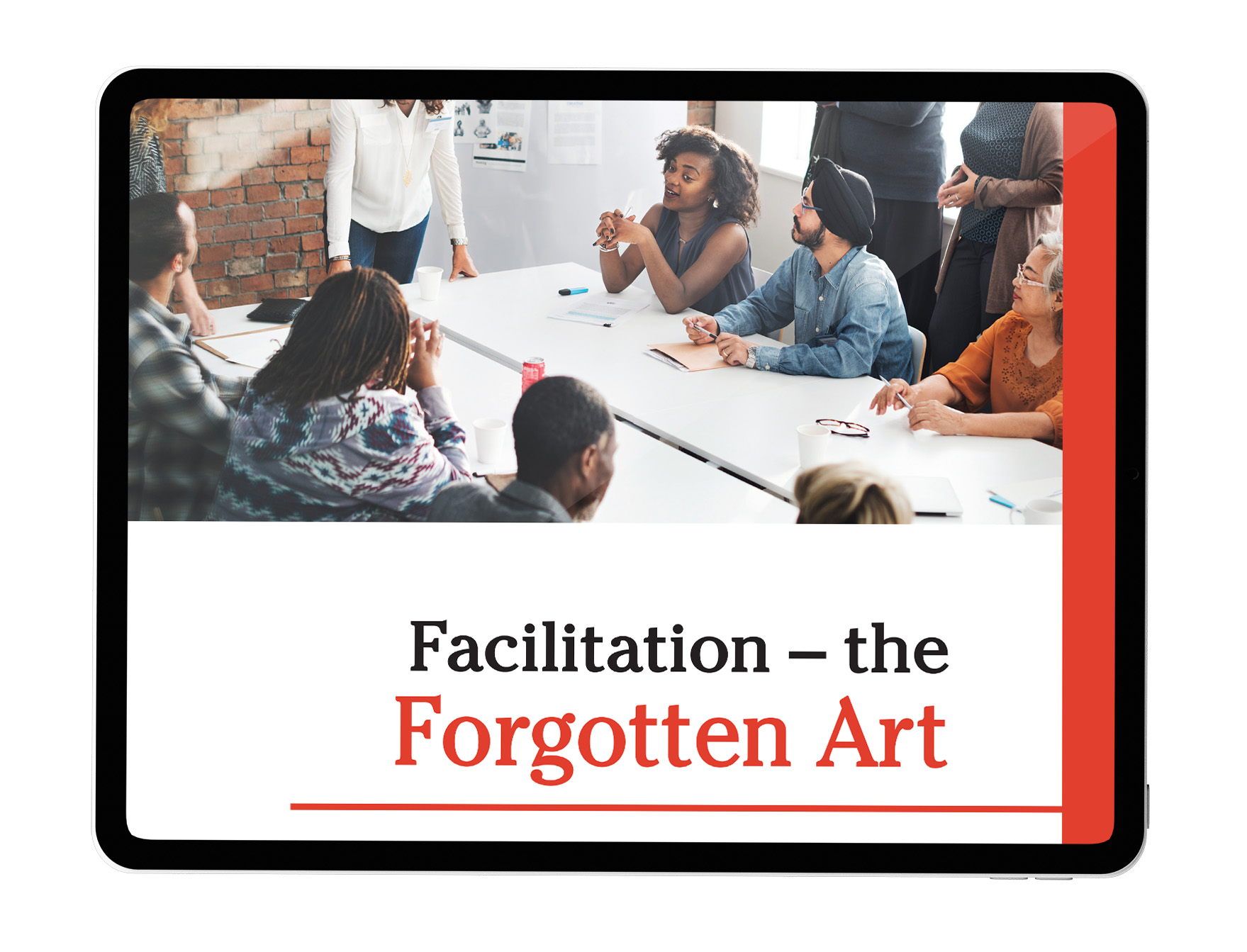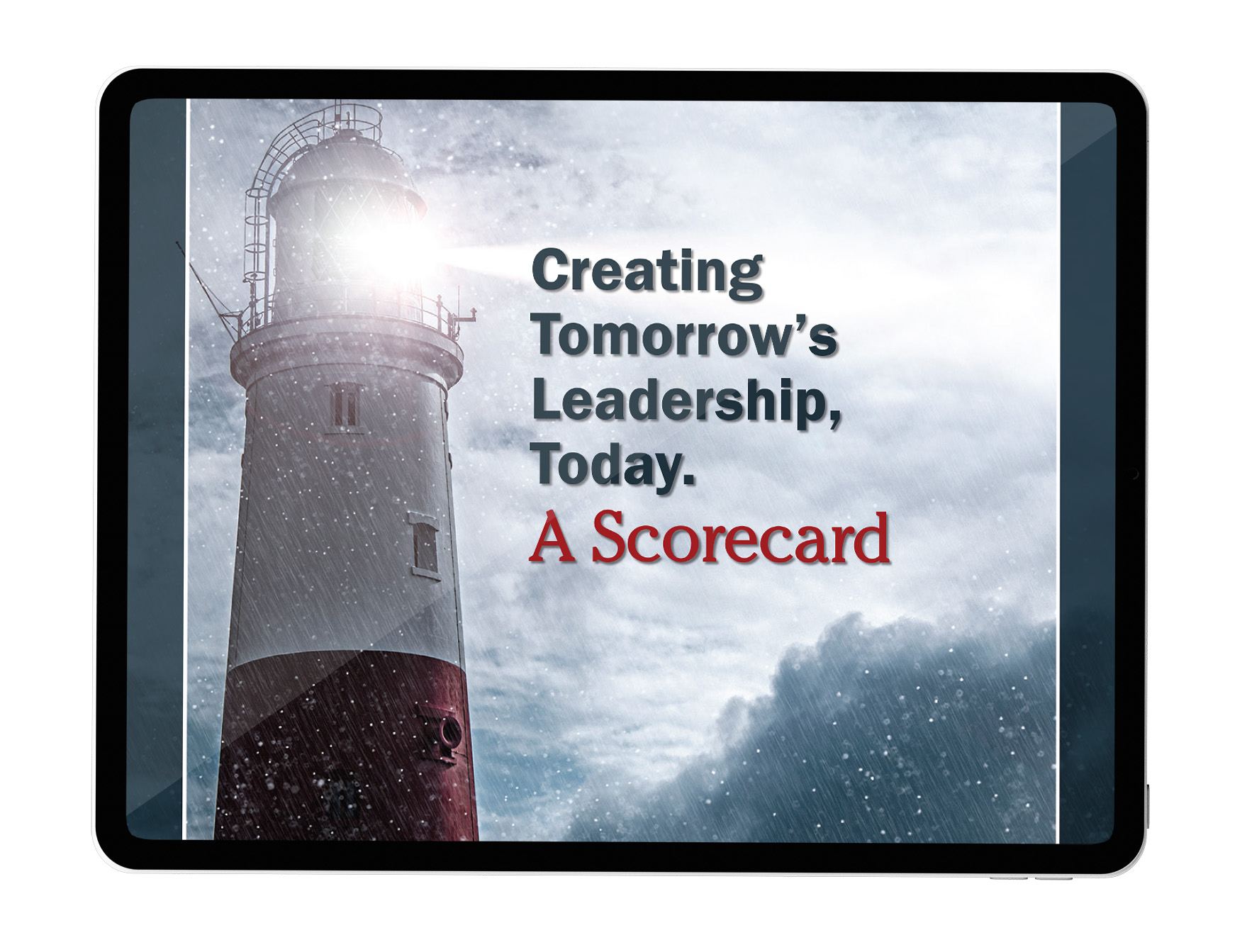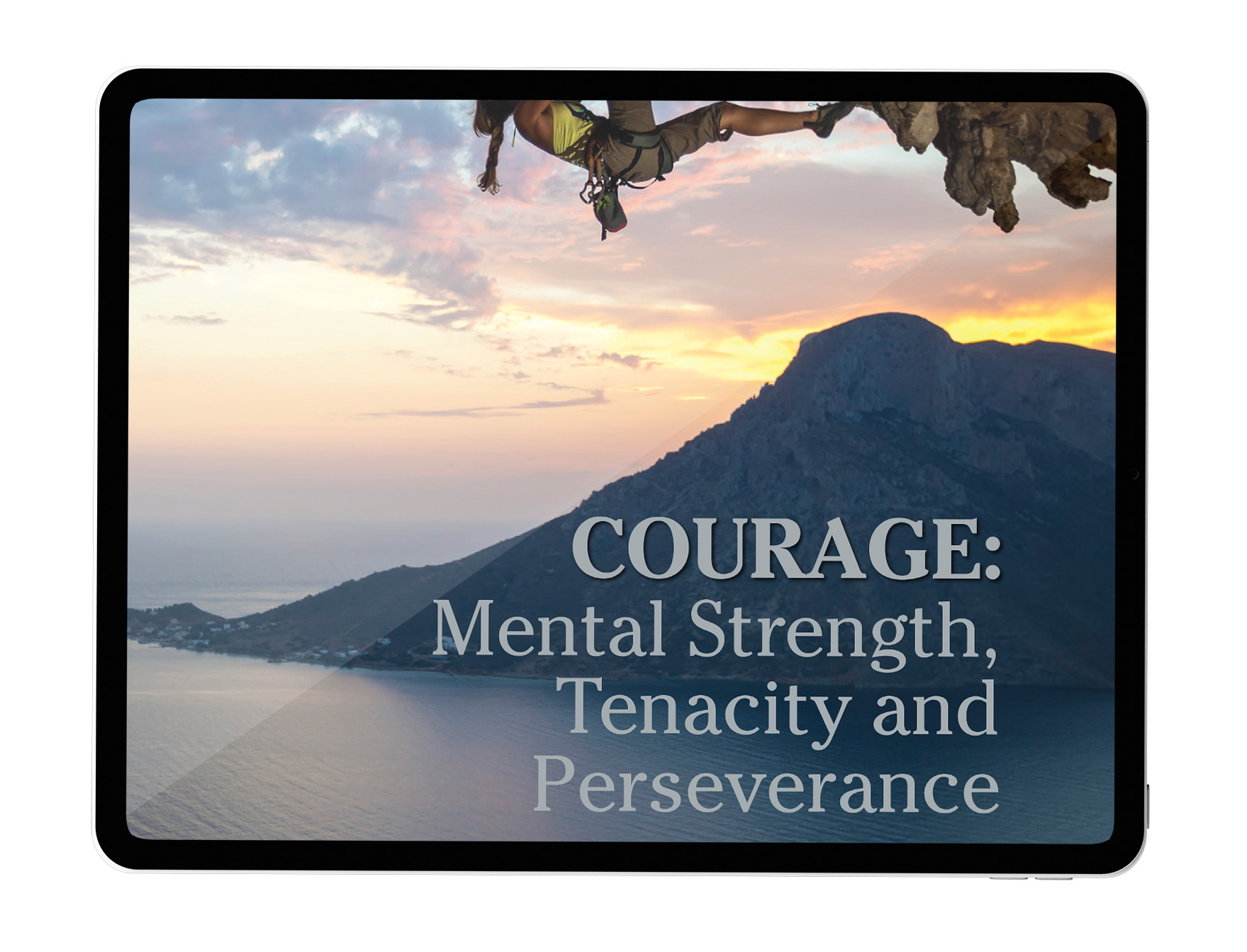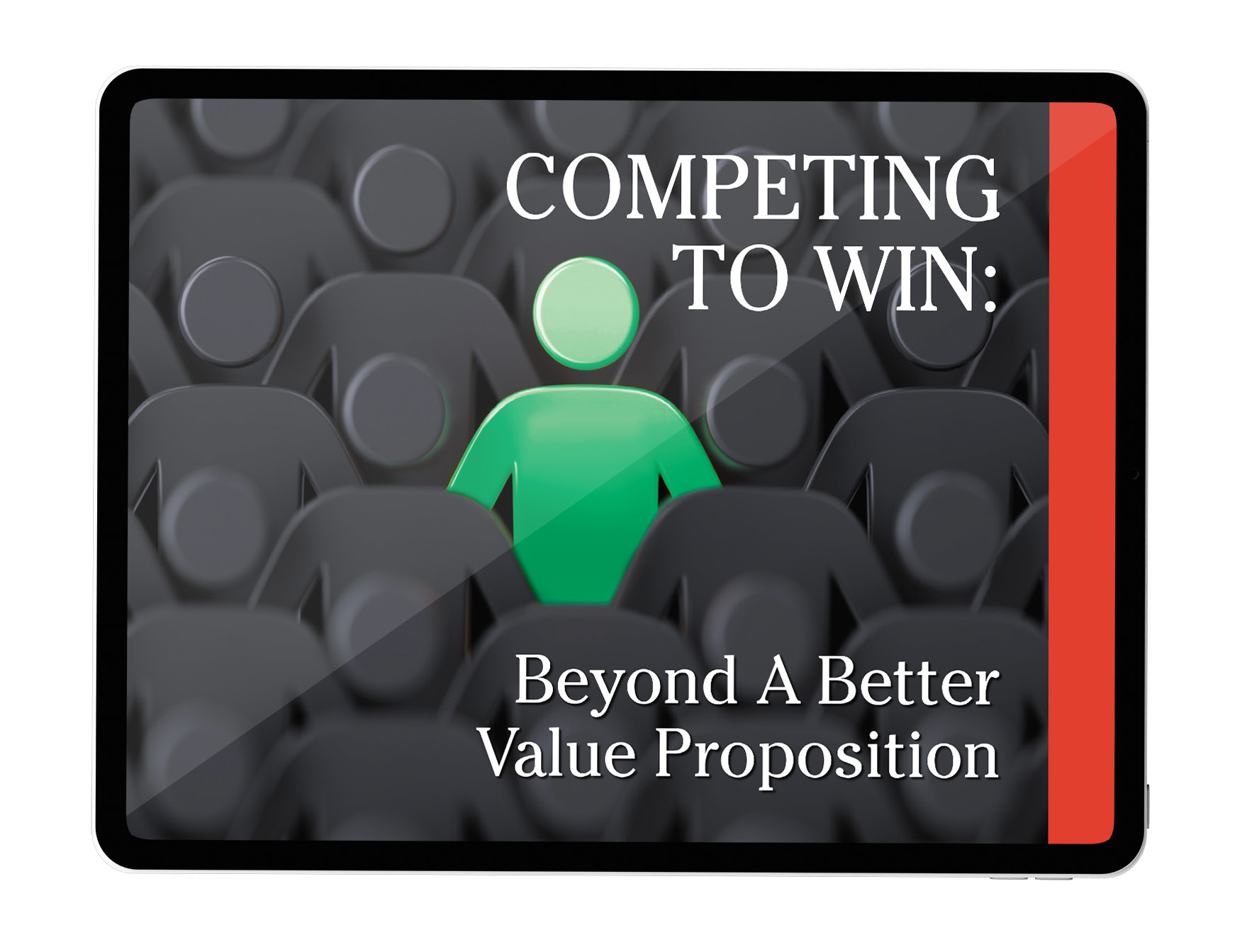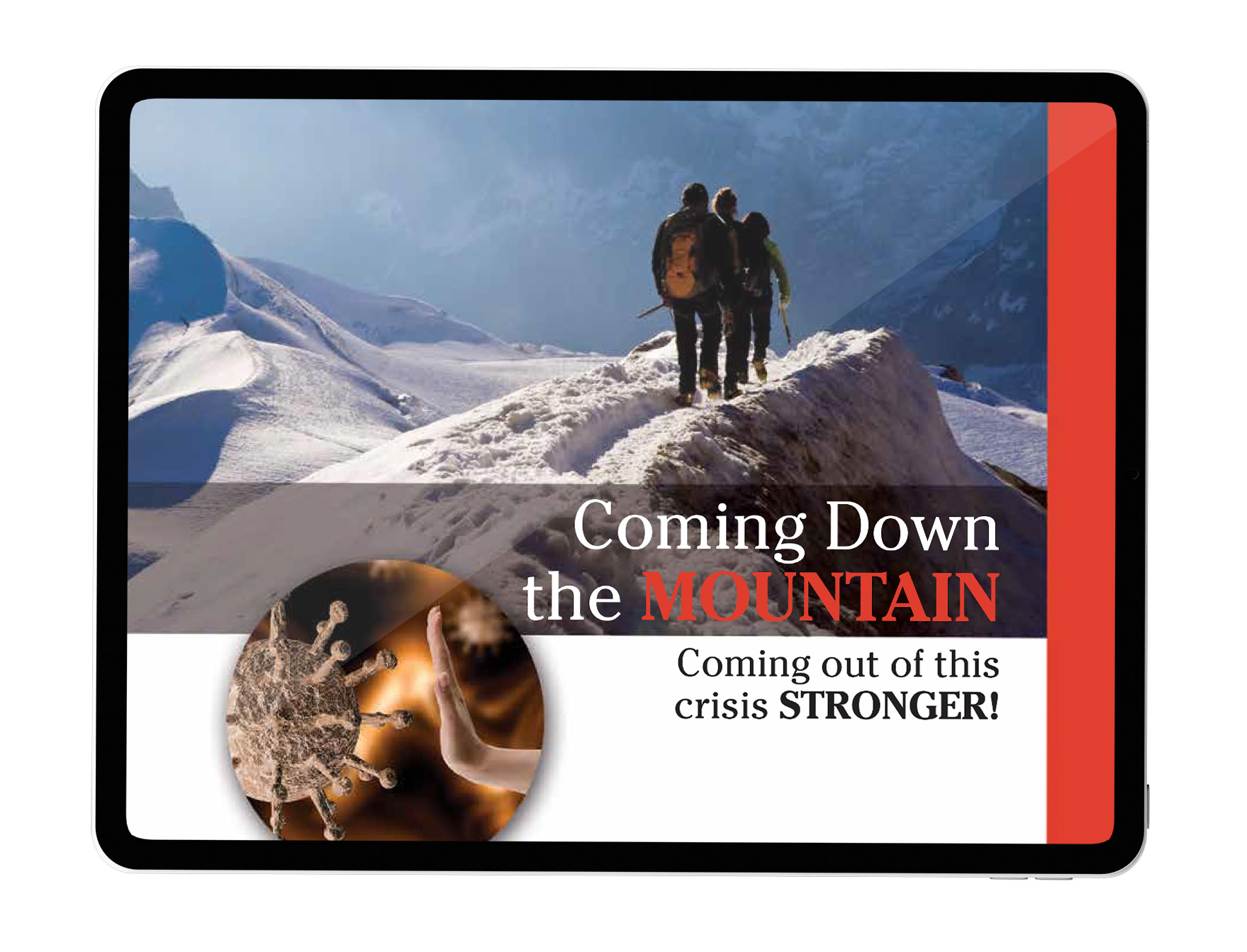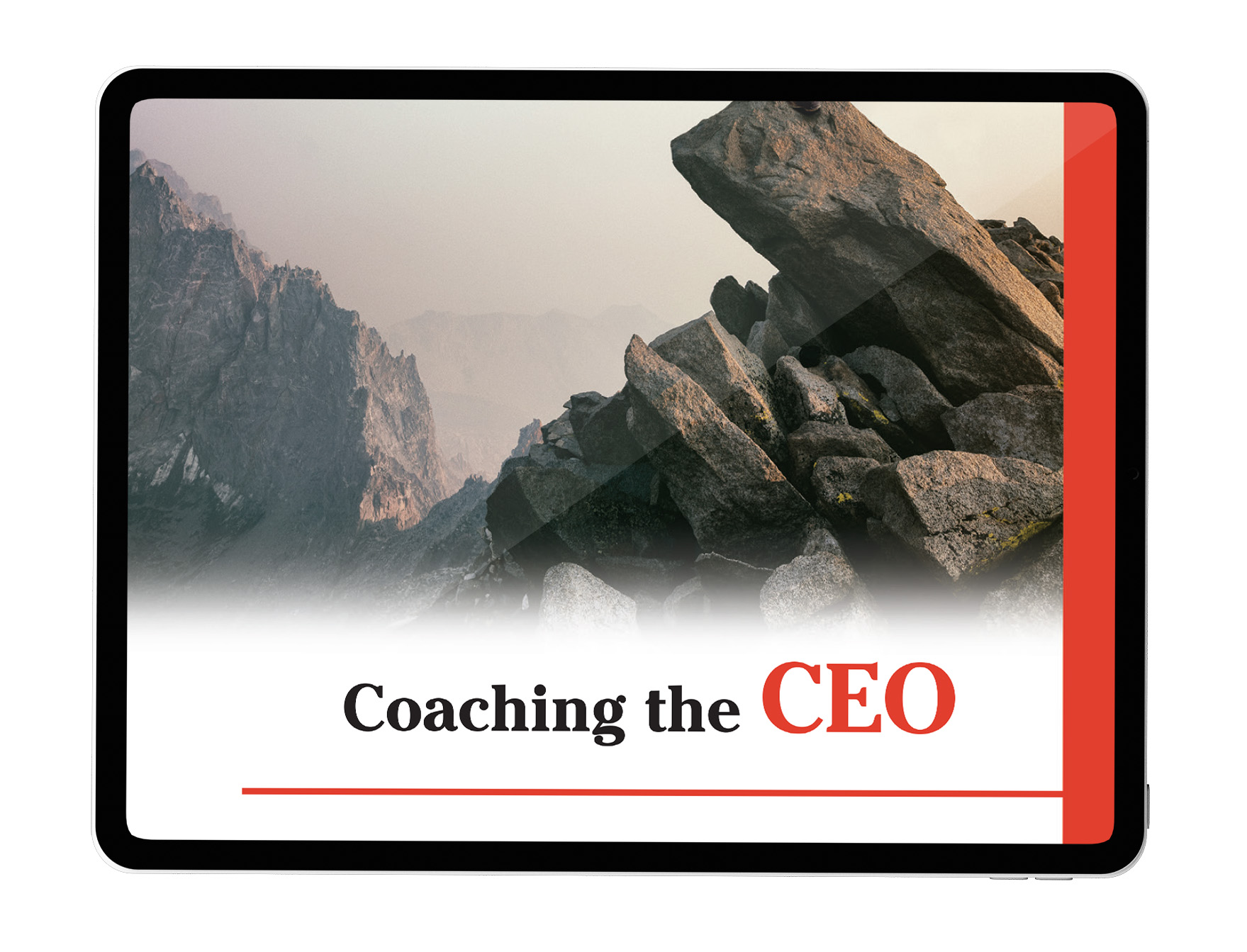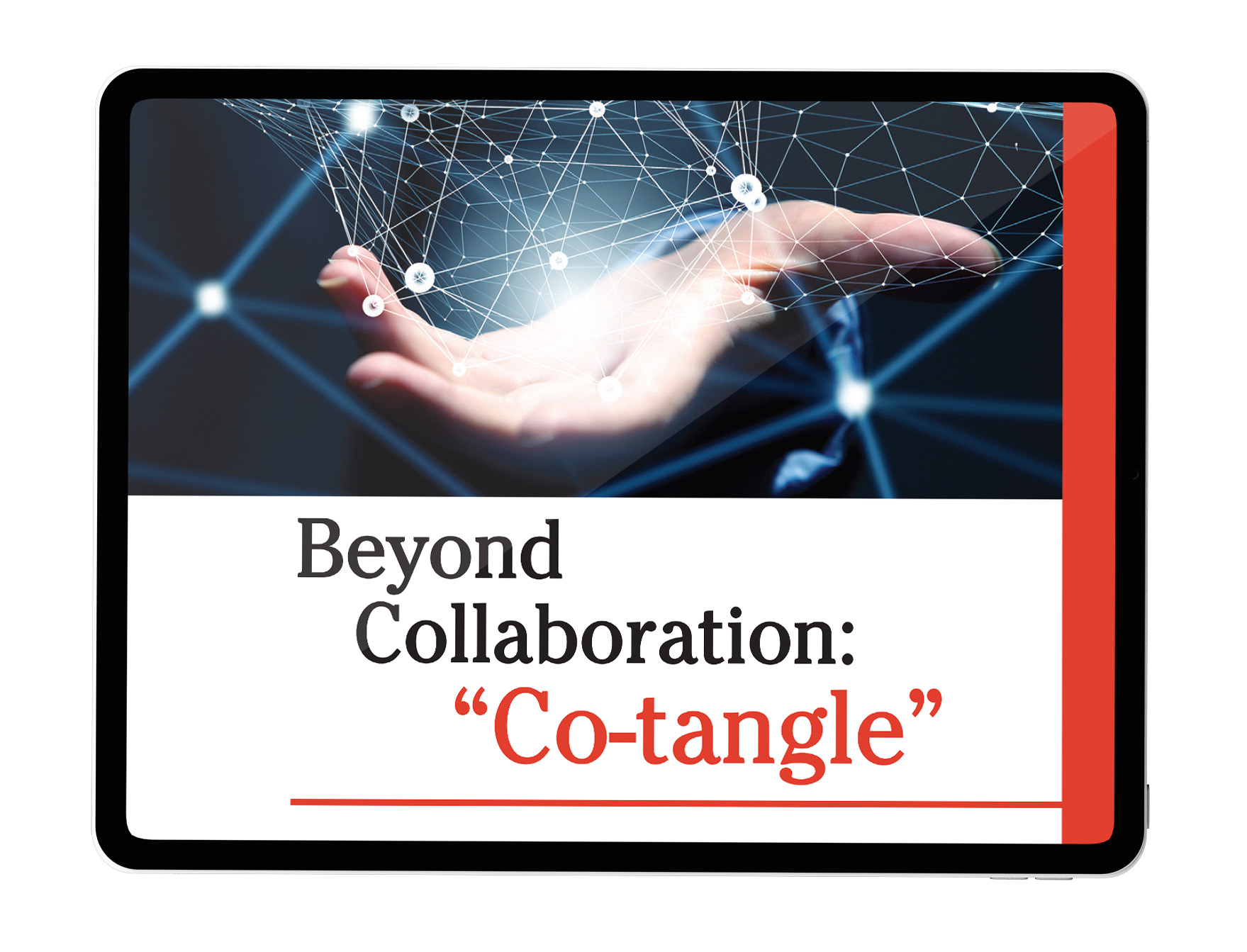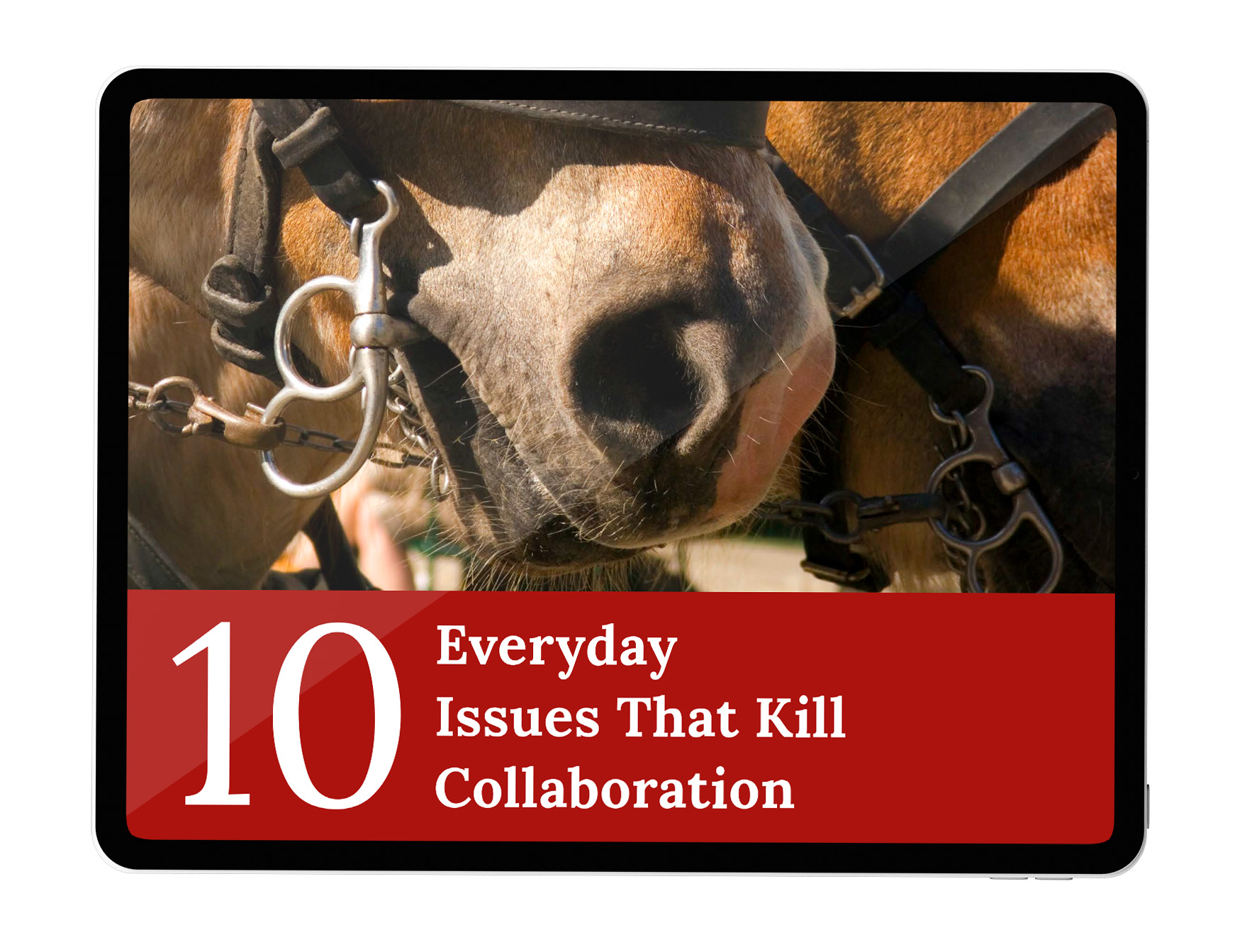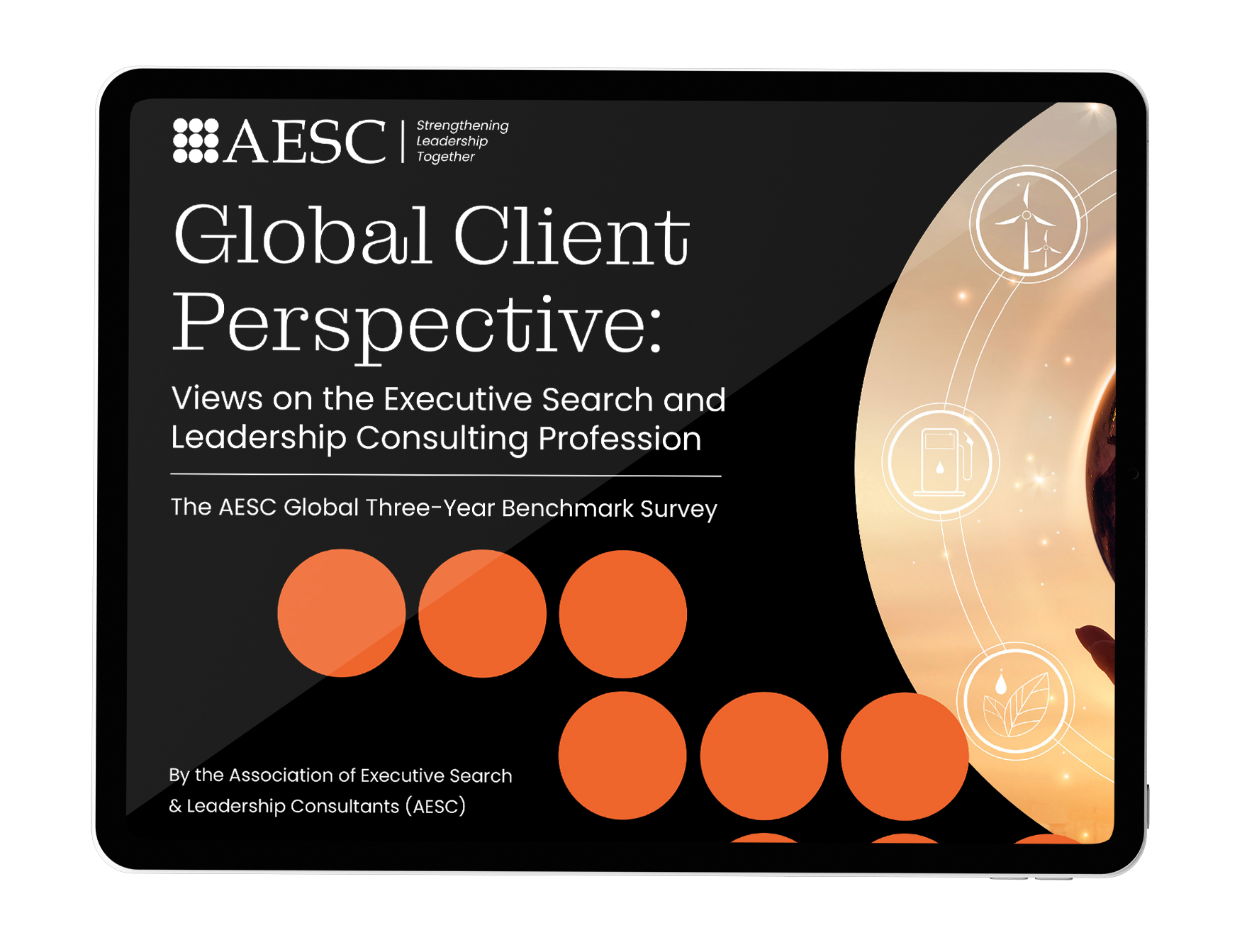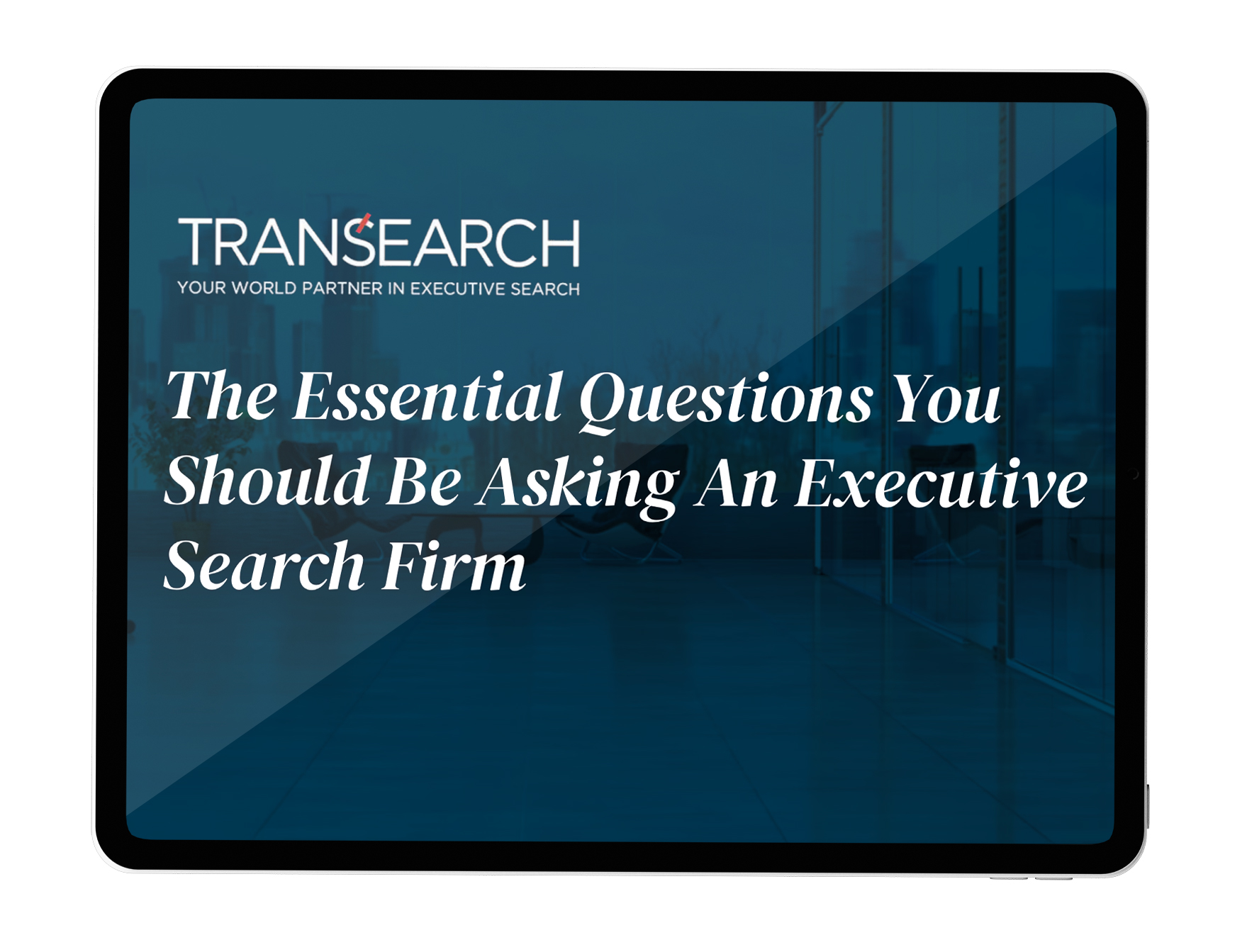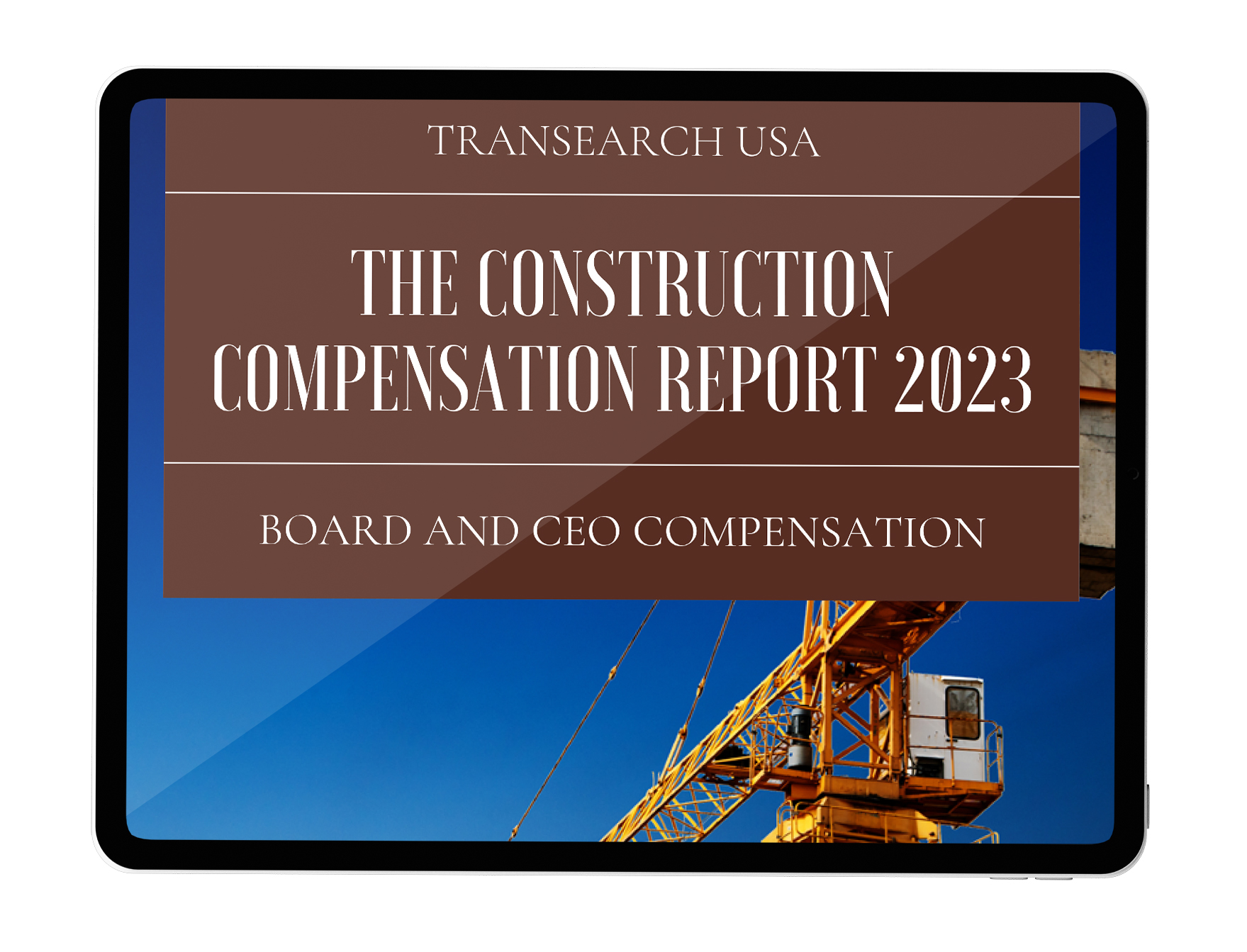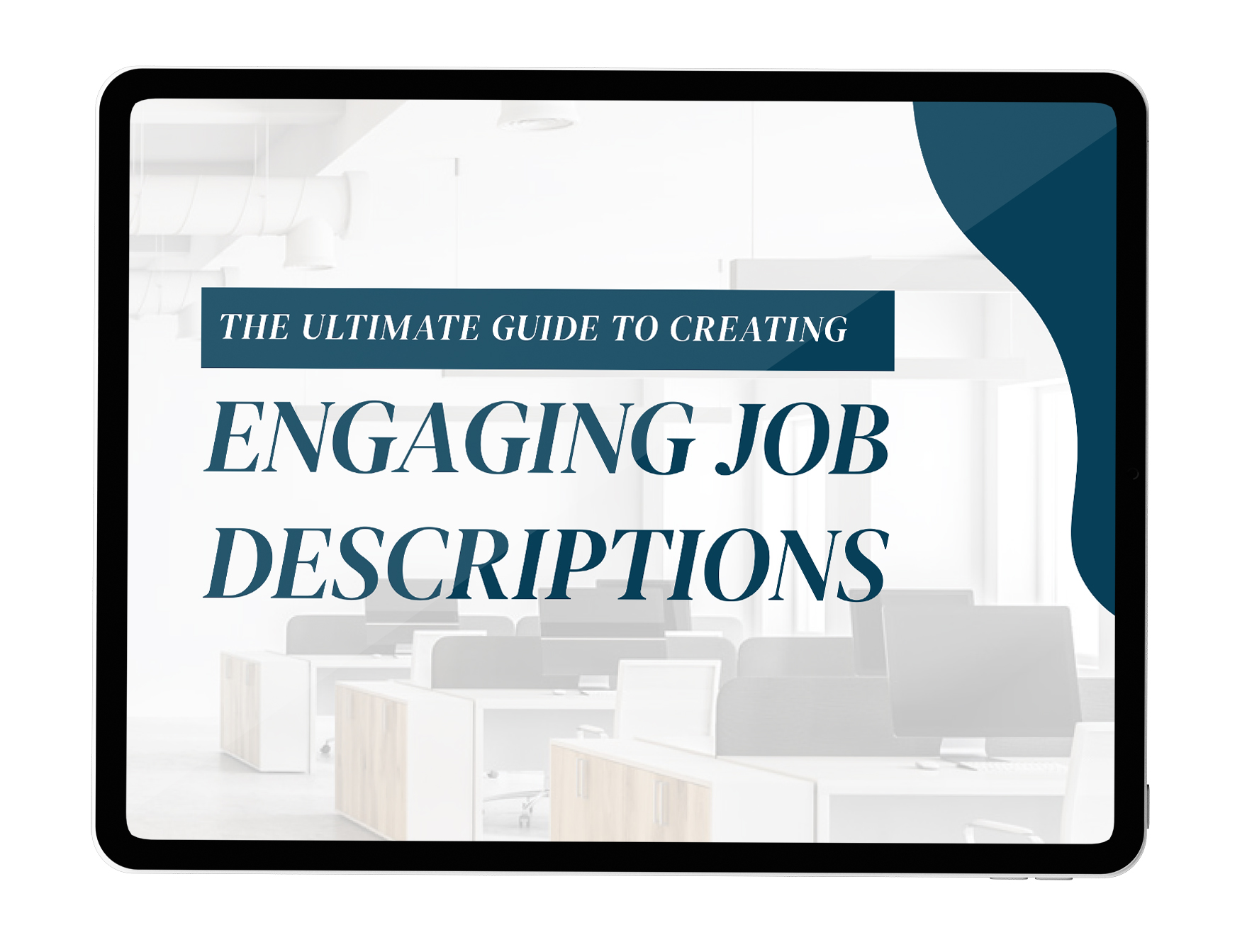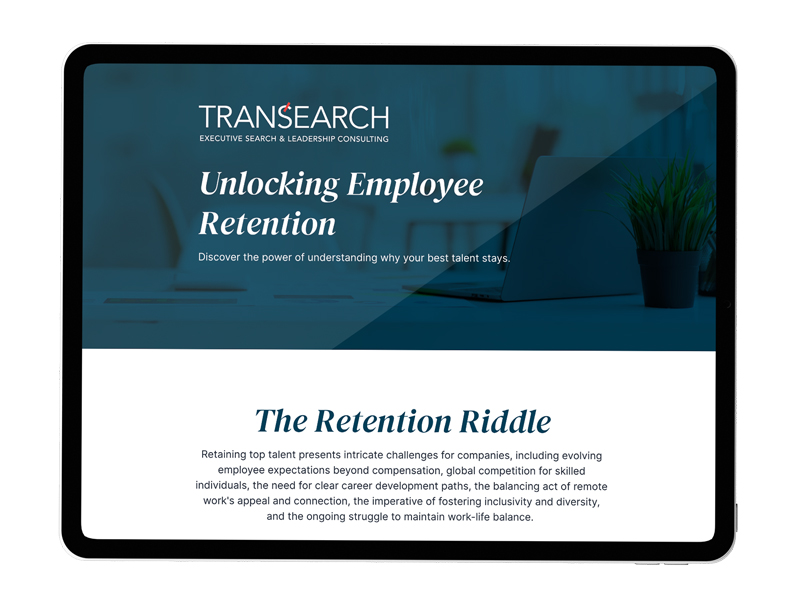Environmental, Social, and Governance (ESG) is not merely a buzzword but a business imperative. Investors and Boards have tasked business leaders with creating and funding strategic business goals supported by a purpose-driven ethos from employees, partners, vendors, and customers to pursue sustainability missions.
The Architecture, Engineering, and Construction (AEC) sector is responsible for as much as 40 percent of global CO₂ emissions. Simultaneously, the industry can cement a values-based stance to design and build a better, sustainable future where the ecosystem can contribute to greening the economy and planet.
Companies are building sustainability programs involving their supply chains, designing, and constructing facilities that use renewable energy and leave a zero-carbon footprint. For example, Climate Pledge Arena in downtown Seattle opened late last year. Among other innovations, rainwater is harvested in a 15,000-gallon onsite cistern and used to resurface the ice on the hockey rink.
The Unisphere, in Silver Spring, MD, is the world’s largest zero carbon office building. In addition to using photovoltaic solar and geothermal power to run the building, the facility sells more energy than it uses.
Another example is La Jolla Commons, a 415,000-sqft, 3-story office tower in San Diego. The building uses fuel cells to convert biogas into carbon-neutral electricity, allowing the building to achieve net-zero energy status.
All three of these buildings are marvels of modern engineering and construction technologies. But this isn’t just about building billion-dollar campuses to make an enduring, decarbonizing impact.
Here are four smart tips for creating a more sustainable and environmentally friendly company culture and practical strategies to reduce emissions, eliminate waste and support sustainable sourcing.
1. Initiate Zero Waste Initiatives
The construction sector in the United States produces more than 600 million tons of waste each year. But there is a distinct resolve for waste elimination and diversion. We have moved far beyond merely putting recycling bins next to the copier and in the snack room. Companies must incentivize team member participation by setting specific goals and encouraging friendly competition. For example, check with your waste management vendor to see if they support a composting program. Make it easy for your team members to dispose of food scraps with labeled composting bins.
Builders can divert millions of pounds of construction materials from landfills to recycling centers. On one residential project, New York-based construction company CNY Group was able to recycle, reduce, or reuse 93% of the material that might otherwise have gone to a landfill. Concrete waste was crushed for reuse in roadbeds. Wood waste was turned into chips and sent to a cardboard factory. Think out of the box, and the opportunities are endless!
2. State a Goal to Reduce Energy Consumption
Utilities are one of the most significant expenses businesses face. Power producers are also supporters of ESG practices. We suggest partnering with your electric provider or another energy services company to design power-efficient lighting with smart LED light bulbs.
According to the International Energy Agency (IEA), commercial and residential buildings consume about one-third of the world’s energy. That is a massive amount of energy and an equally enormous opportunity to reduce energy consumption savings. IEA says buildings could potentially account for 41% of global energy savings by 2035 using energy-efficient construction practices.
AEC firms can apply energy efficiency tools and systems to every part of the design-build process, from the equipment used to the appliances installed in a new building. Some reduction options include high-tech furnaces and air-conditioning units that use AI and Machine Learning to regulate and control the system. Builders can opt to use a fleet fueling service, allowing drivers to fill up their tanks onsite.
3. Partner with NGOs and Non-Profits to have a broader reach
NGOs and non-profit organizations are often at the forefront of sustainable sourcing and green building projects. They offer a strong network of skills and expertise for the AEC sector. The architecture firm El Dorado partnered with Heartland Habitat for Humanity to develop a prototype for “sustainable housing for a large-scale revitalization construction.” El Dorado employed passive heating and cooling methods, rainwater collection, and gardening areas, resulting in a final prototype that features 1300-sqft. of interior space and 1600 sq. ft of green outdoor space.
McKinsey recommends that the AEC sector partner with non-profits and NGOs to potentially realize up to 40% reductions of supply chain emissions through such measures as changing suppliers that source renewable energy.
4. Create a responsible supply chain and partner with committed vendors
Starbucks, the world’s leading specialty coffee company, developed a strategic alliance with non-profit Conservation International to promote coffee-growing practices of small farms and simultaneously protect endangered habitats.
Finding like-minded vendors and suppliers committed to ESG principles and practices is another vital step, as is government legislation. We see this occurring in AEC and renewable energy developers. Efforts to support renewable energy supply chains address not just clean energy but also raw materials. For example, a recent executive order by President Biden endorses the development of an end-to-end domestic supply chain for advanced batteries. It seeks to strengthen supply chains for multiple critical production materials.
Final thoughts
Sustainability is not just a feel-good topic. It is a business imperative. Investors, consumers, and employees demand corporations commit to ESG goals and report progress towards meeting them.
The designers of built environments can dictate which direction decarbonization efforts take us. Fundamental design decisions can significantly impact emissions for decades to come. With the right tools and resources and company leaders who nurture cultures and practices committed to ESG, the AEC industry and partners have the means to protect, clean up, and sustain where we work, live, and play, across the earth, for generations.





















